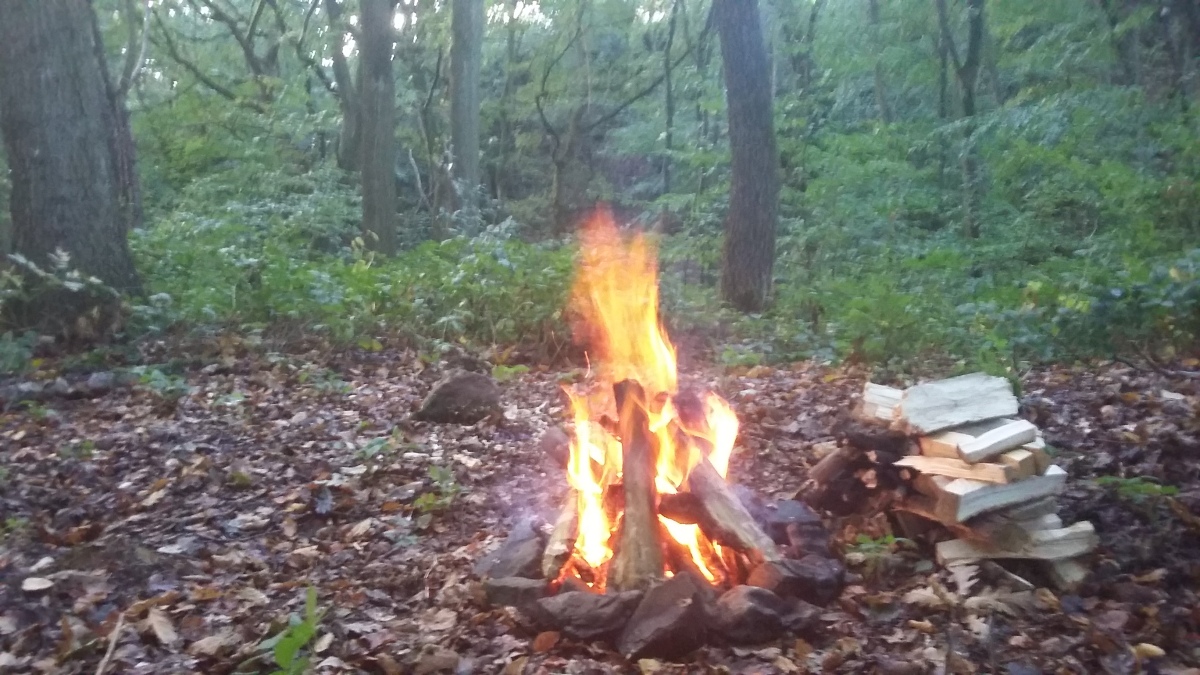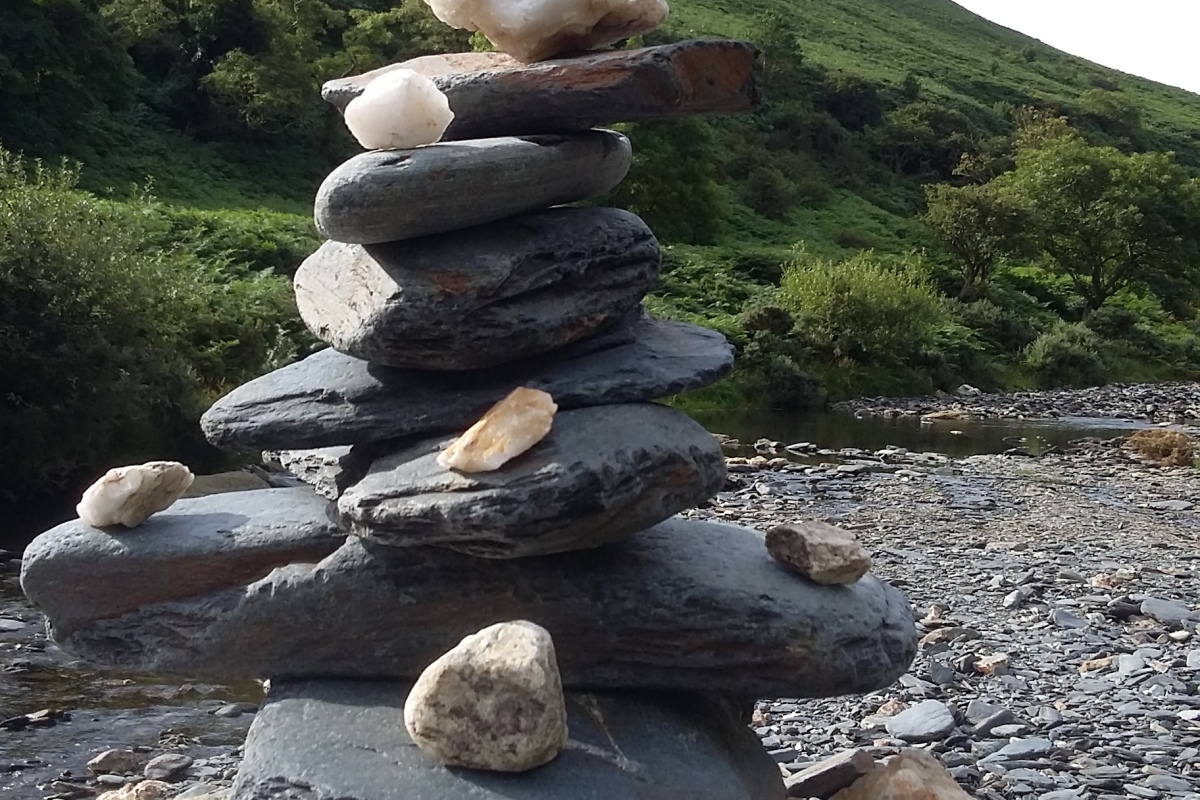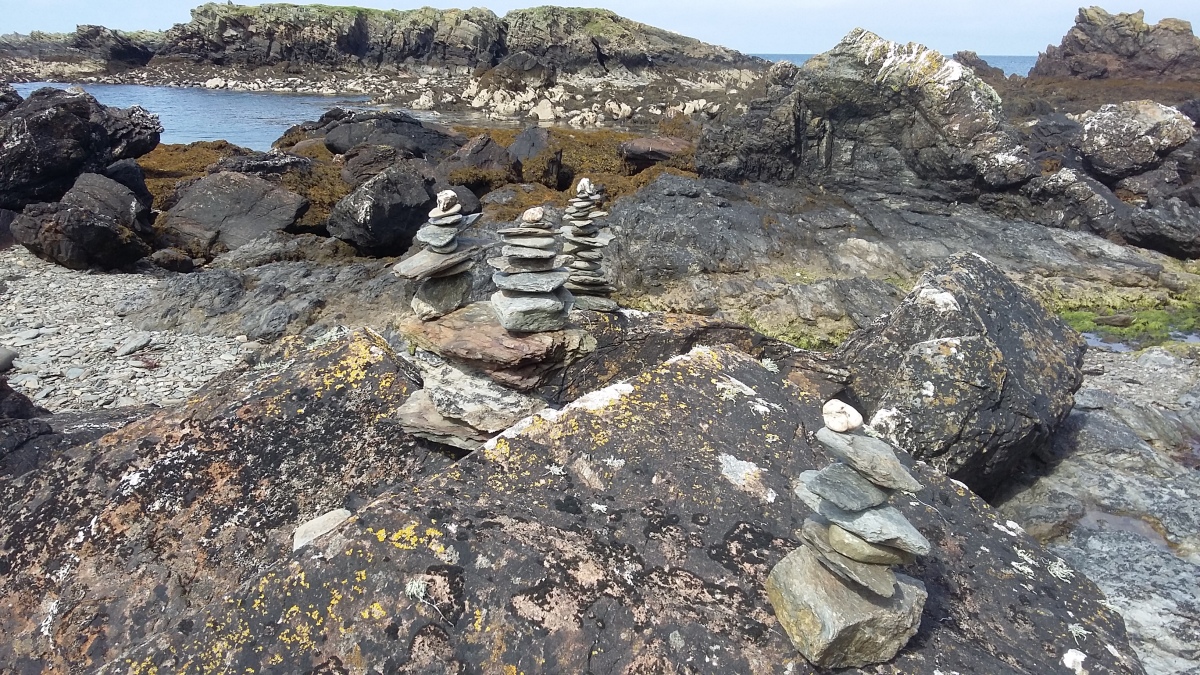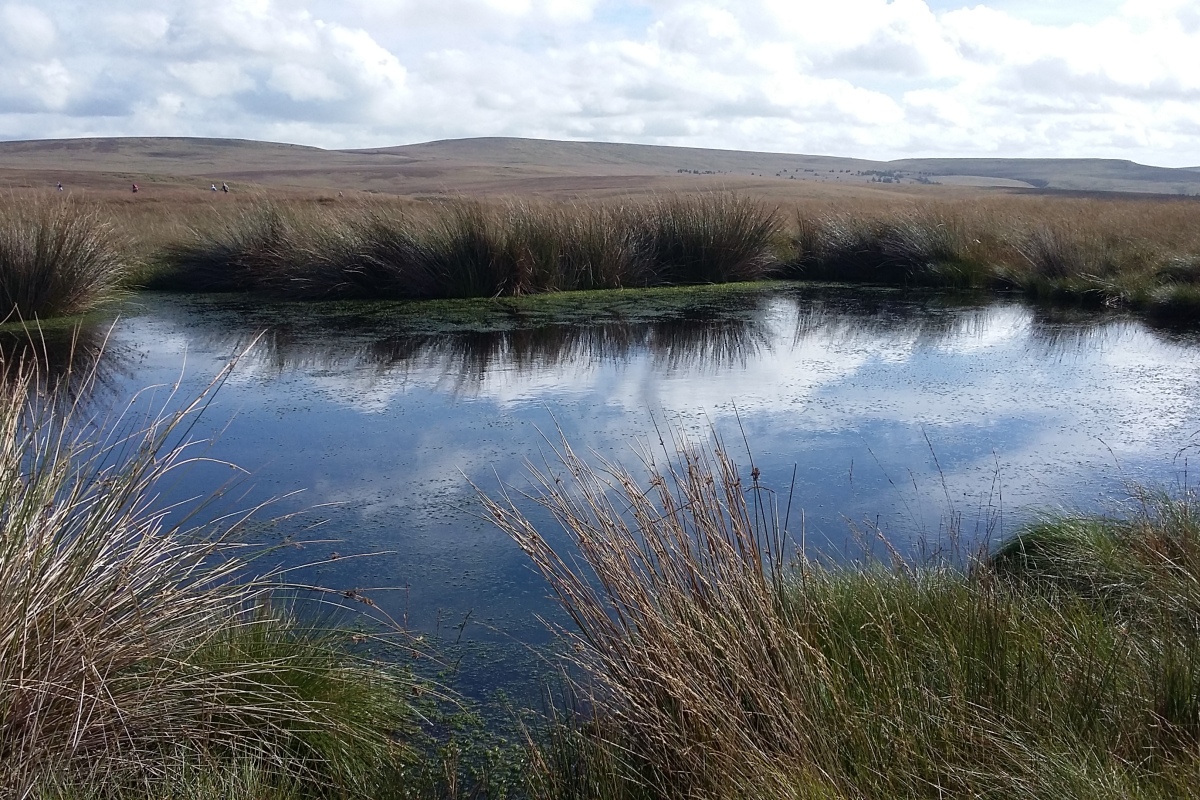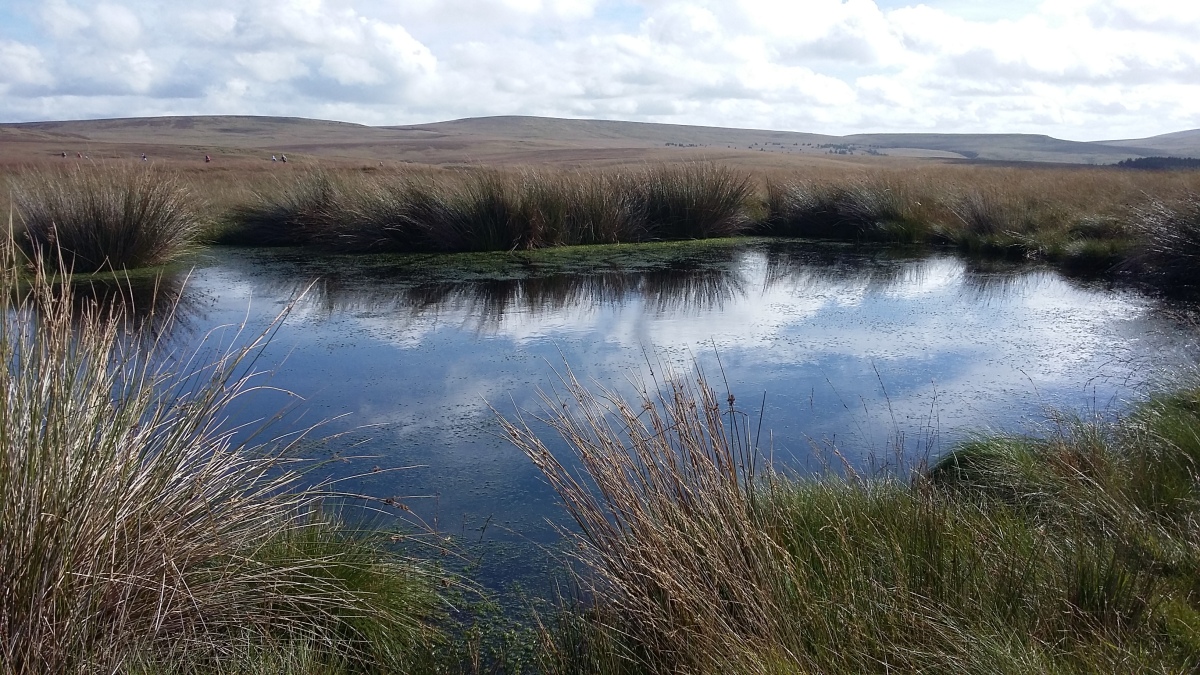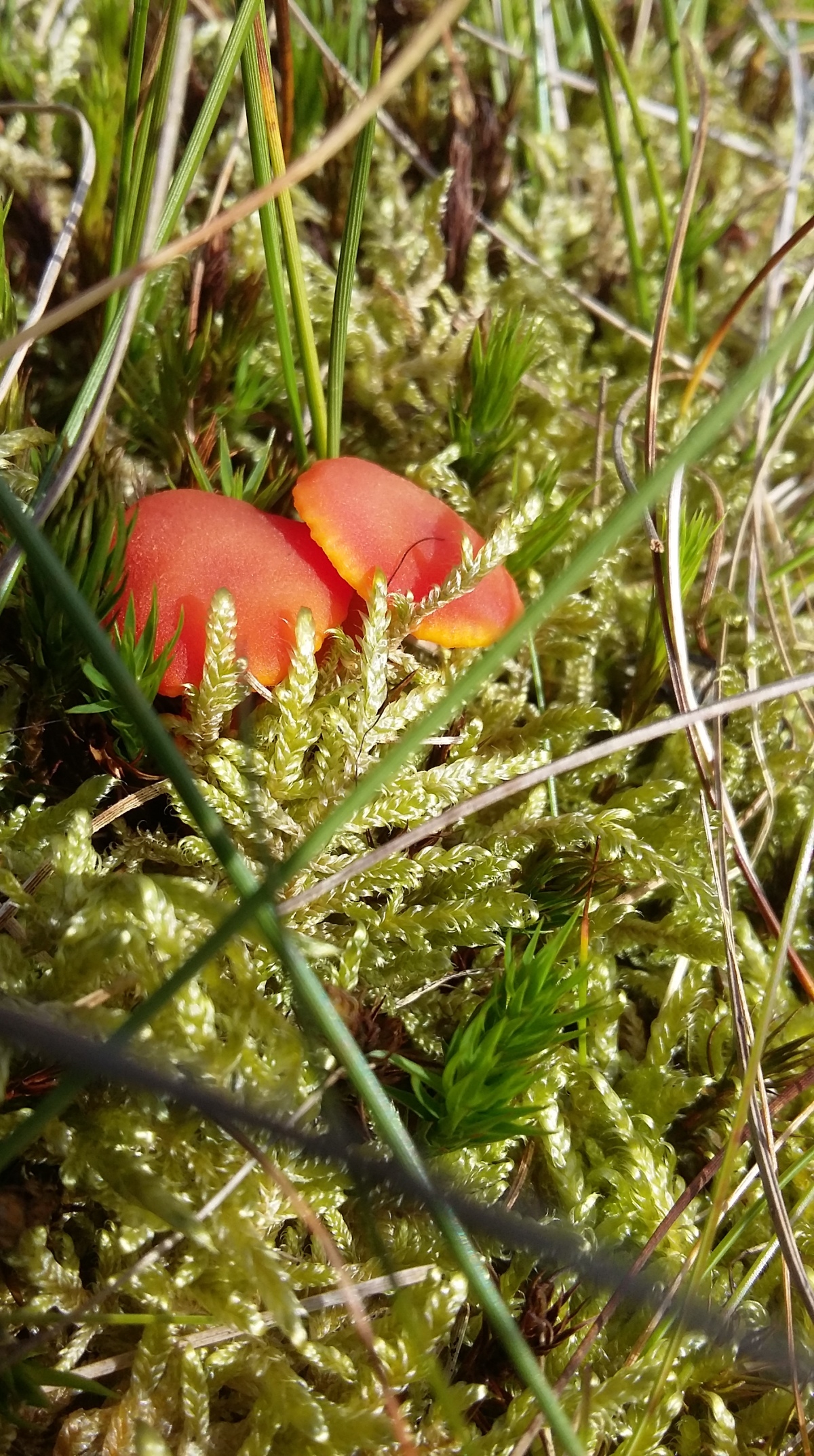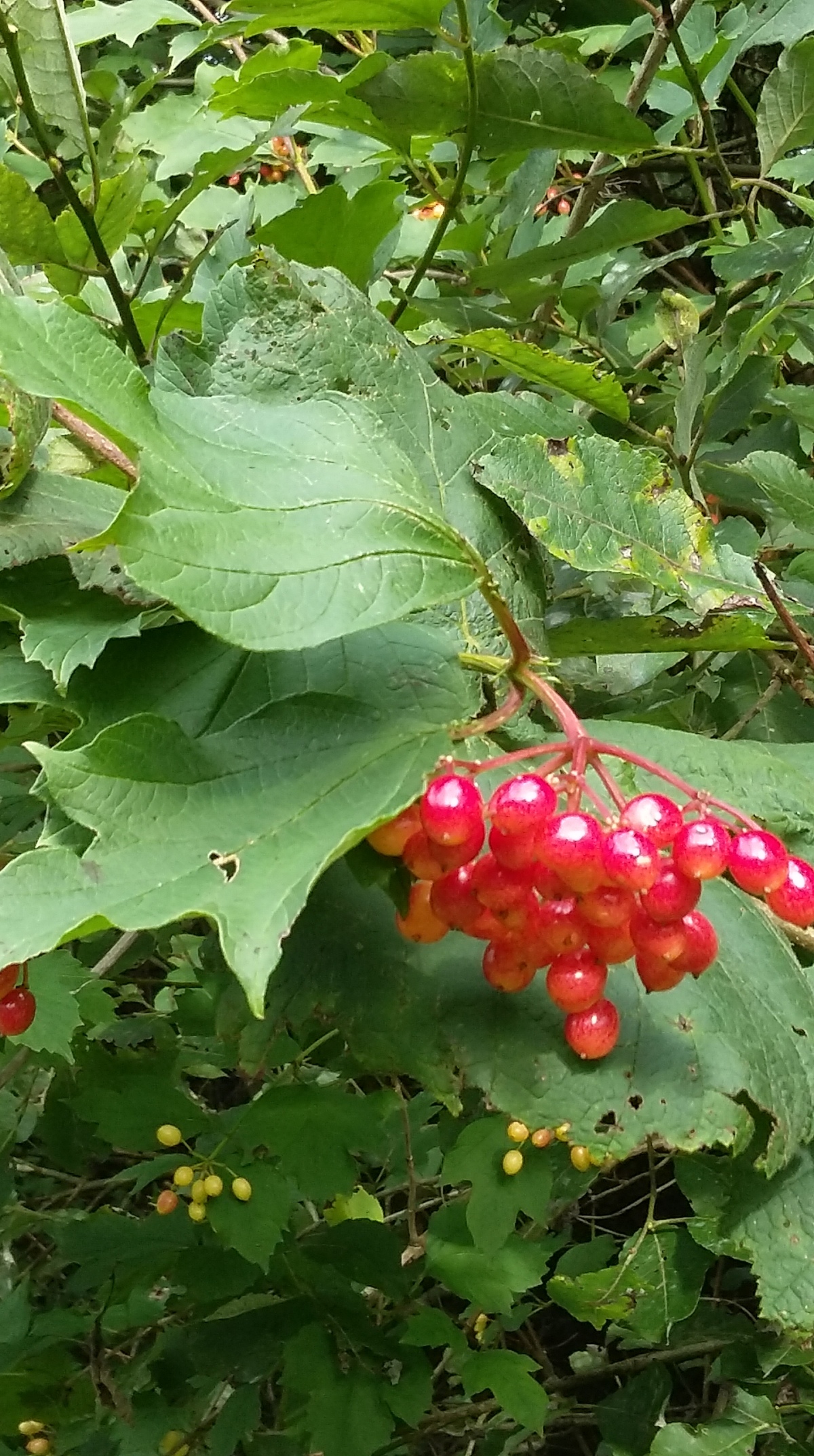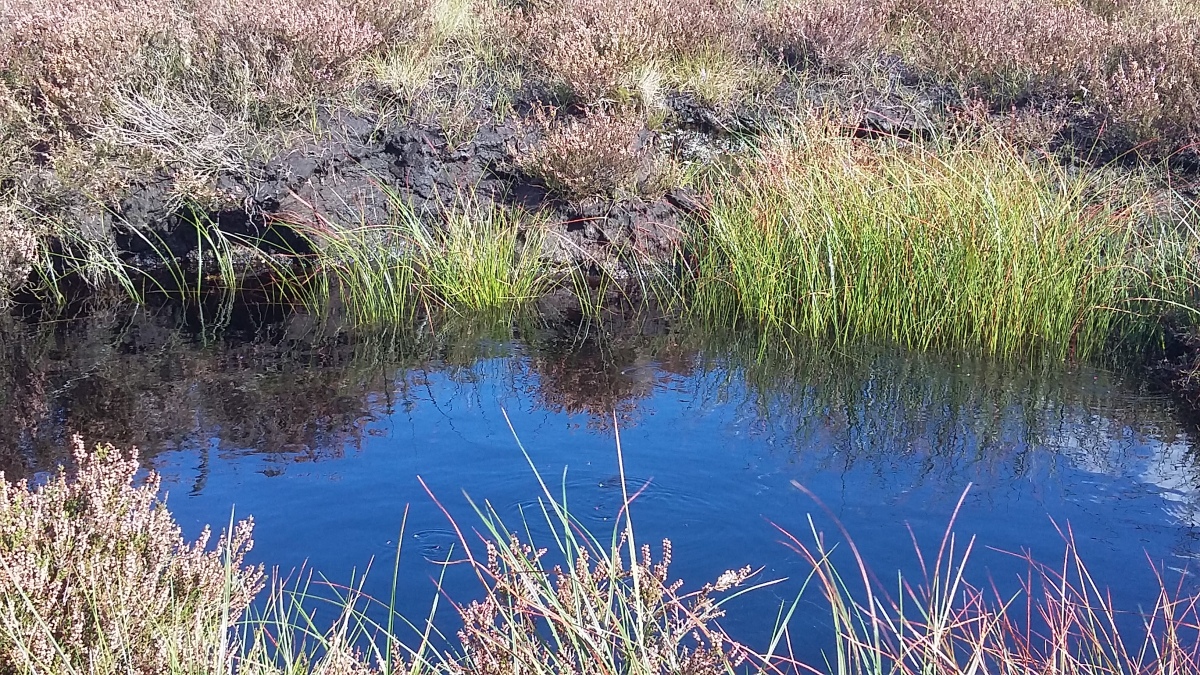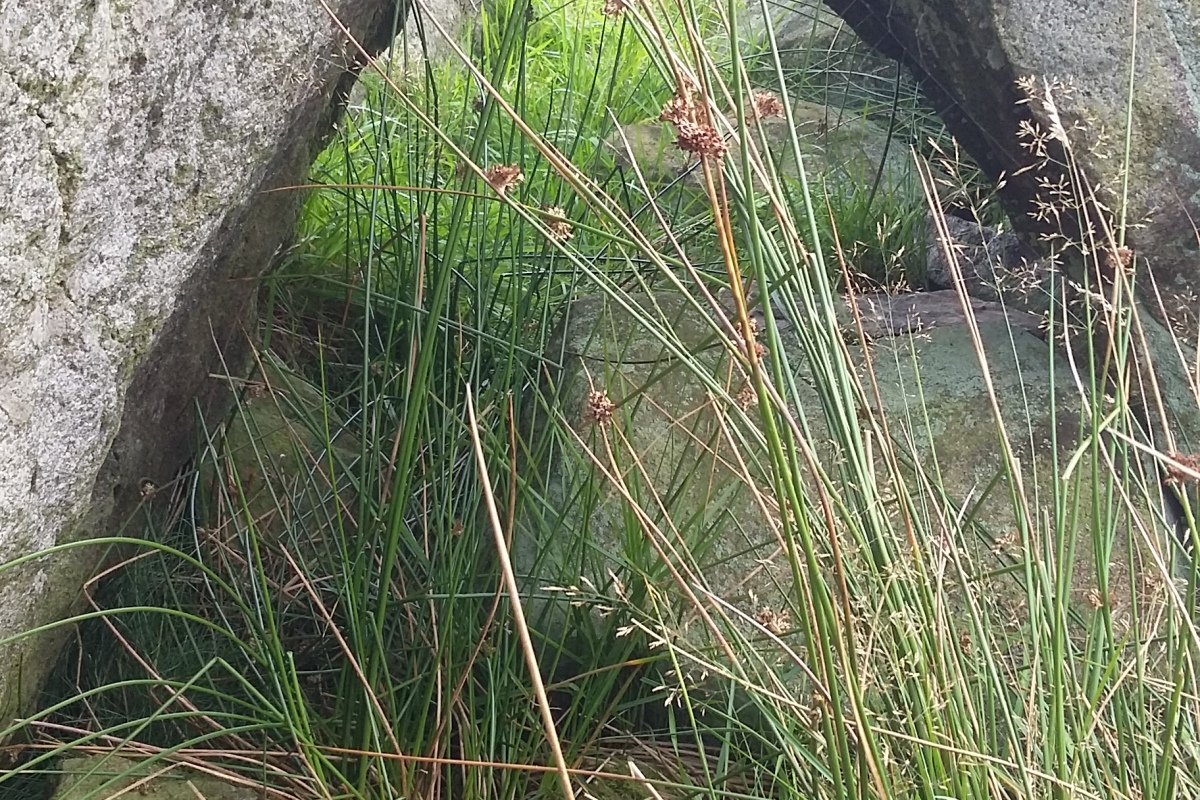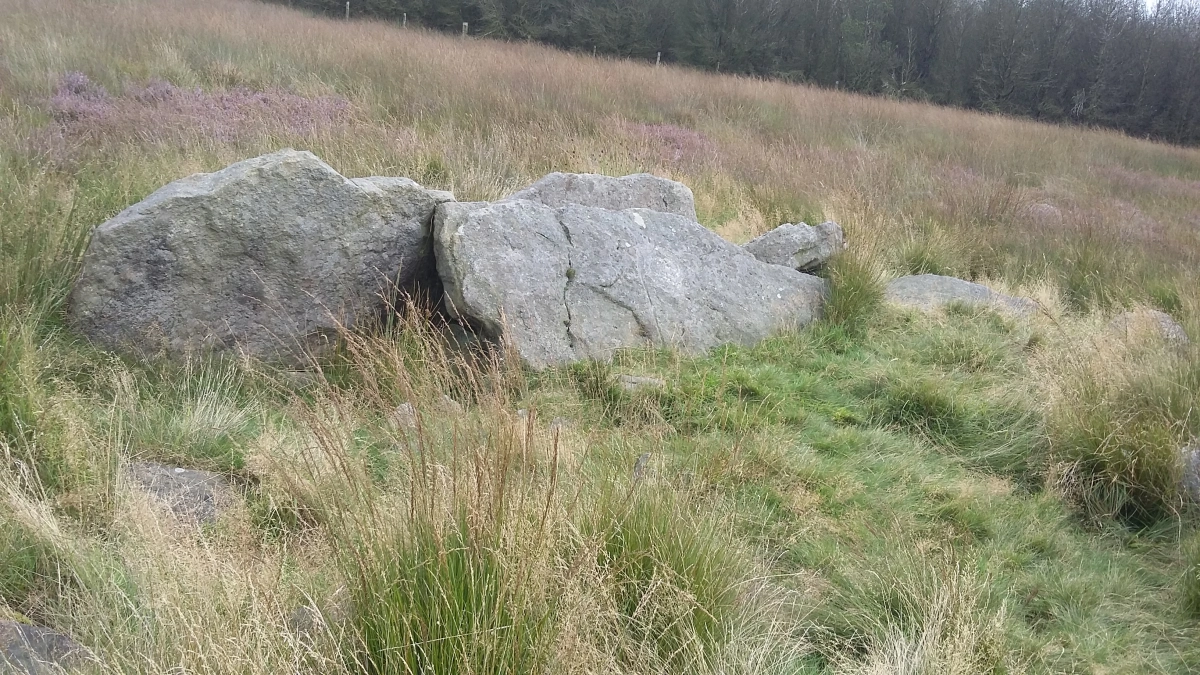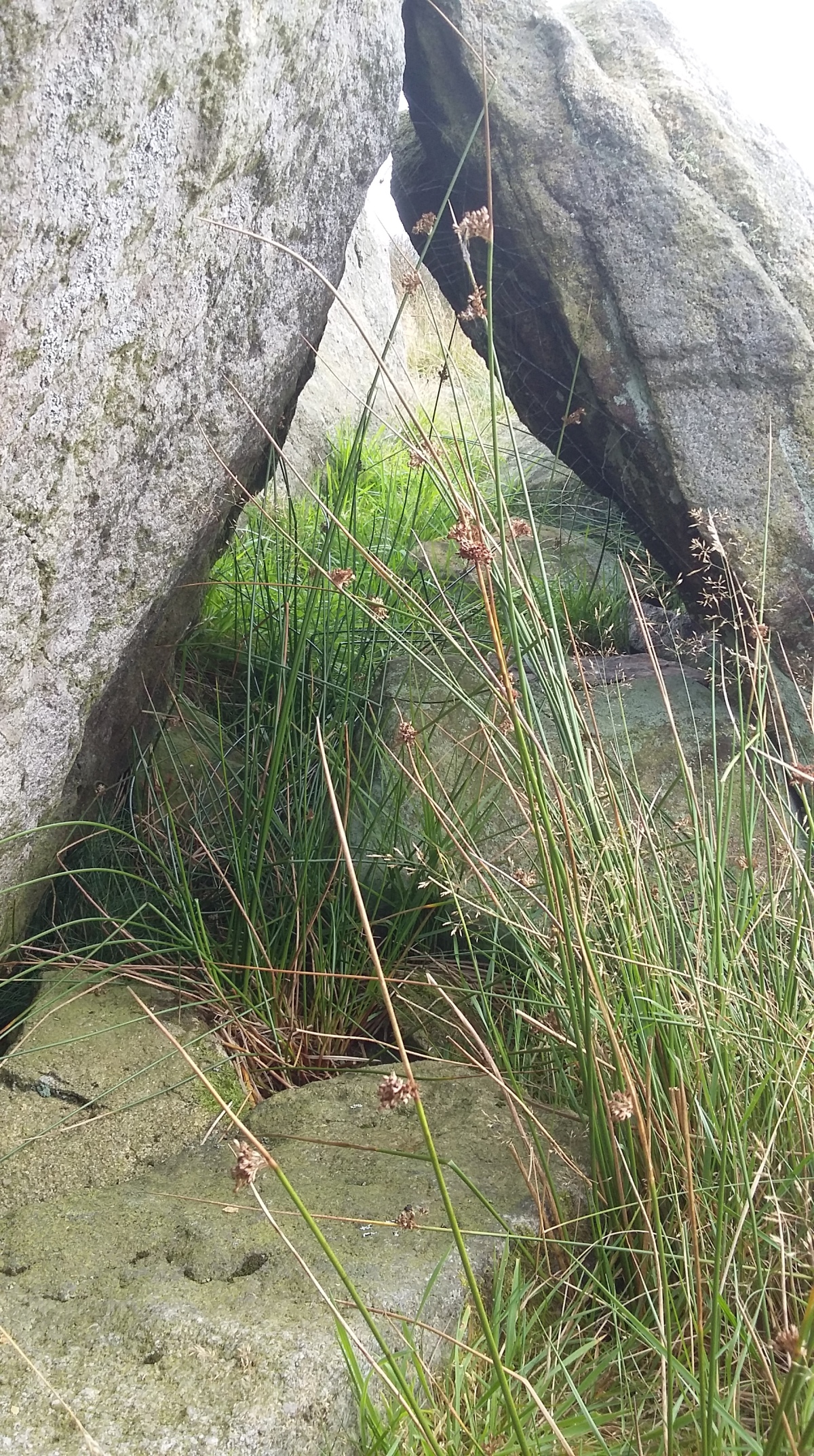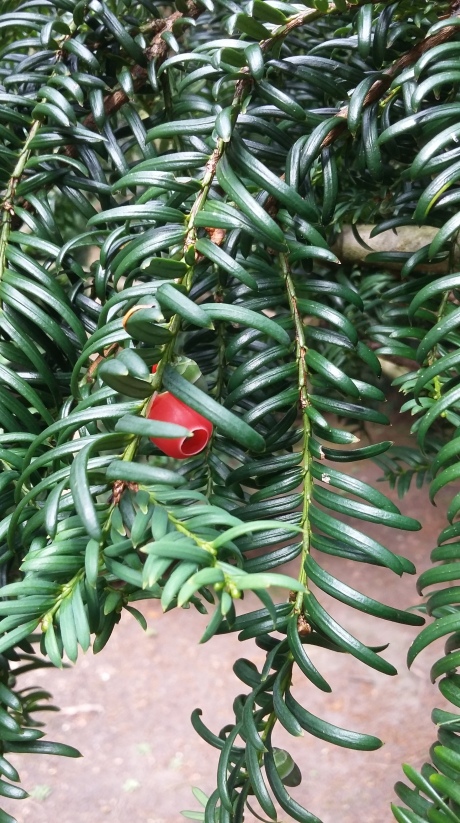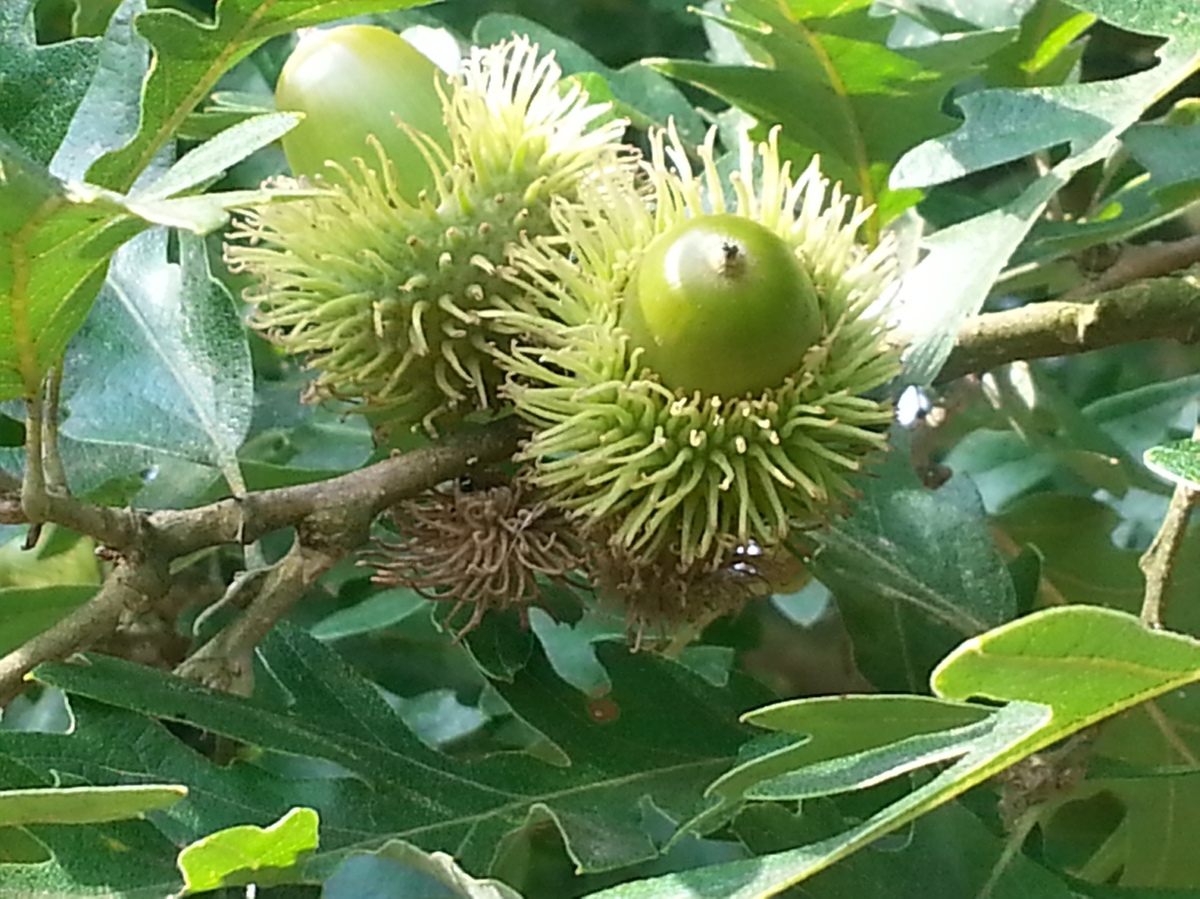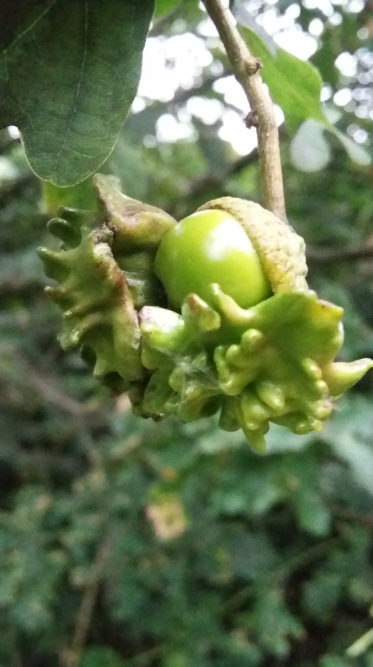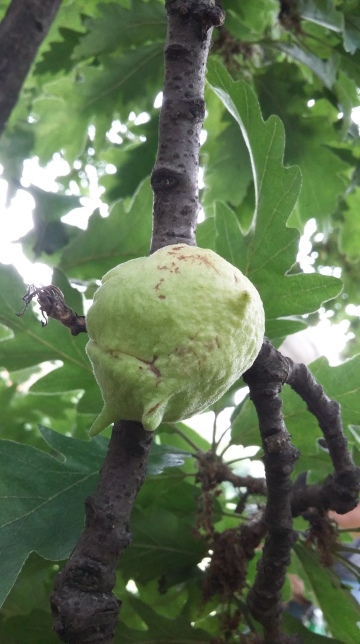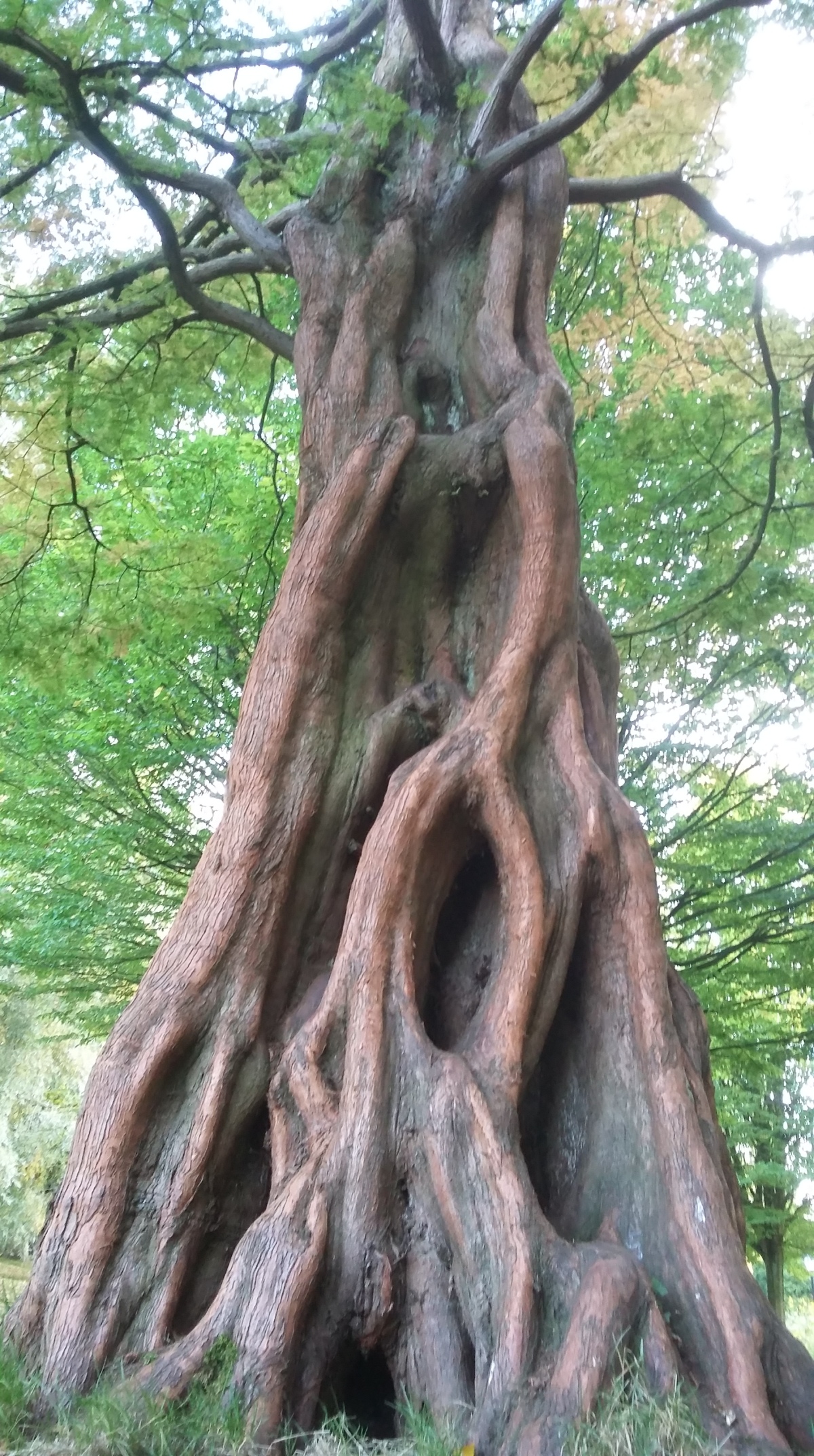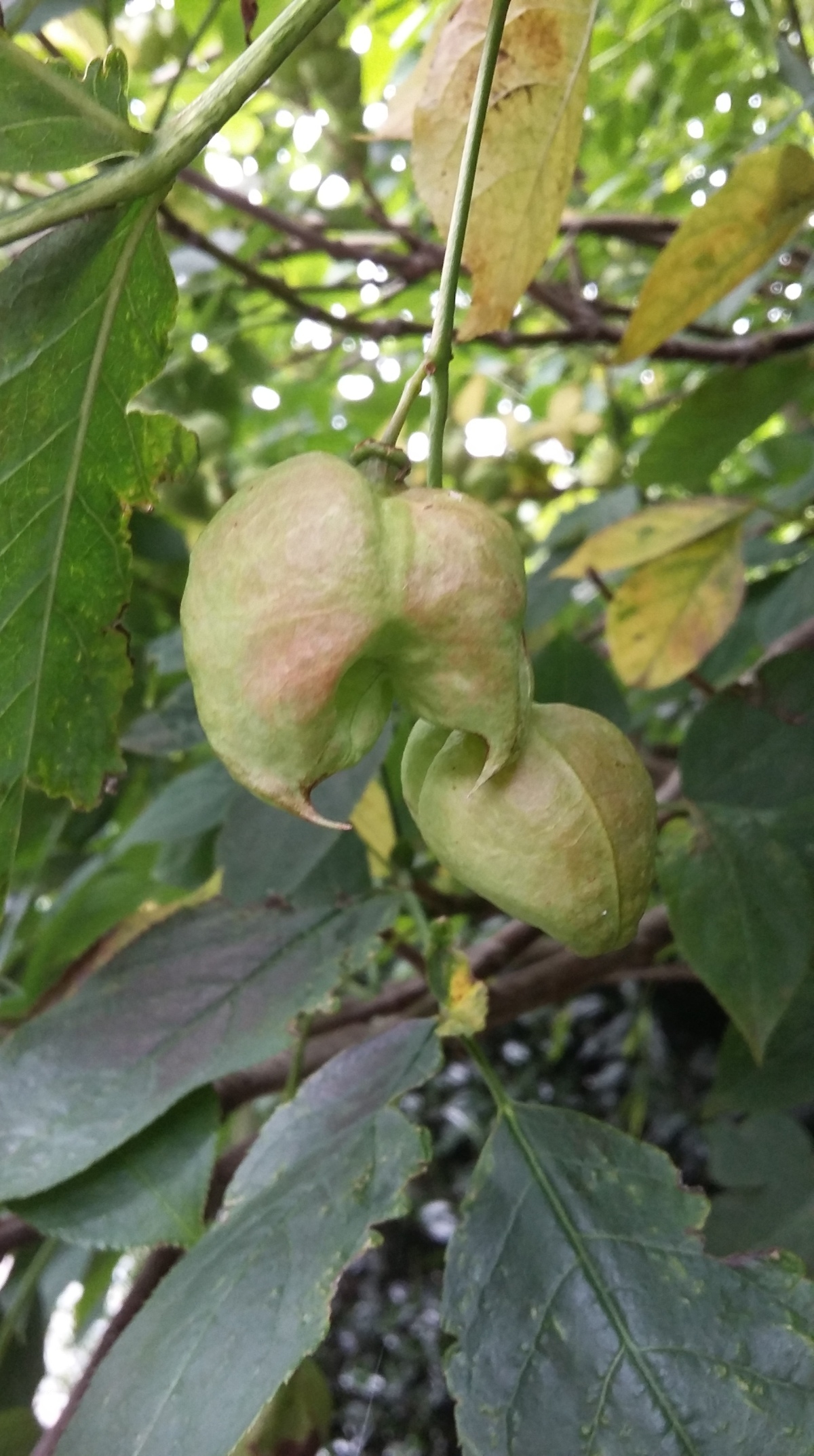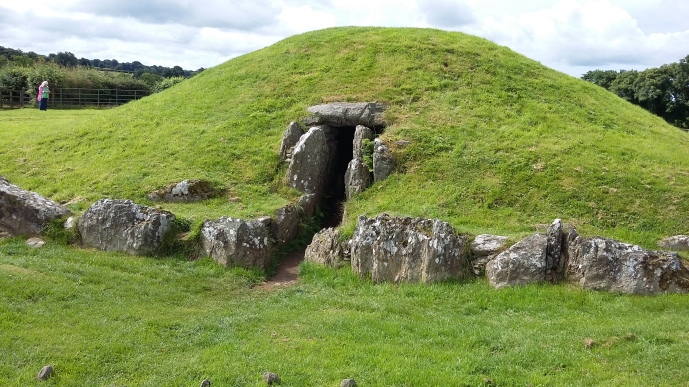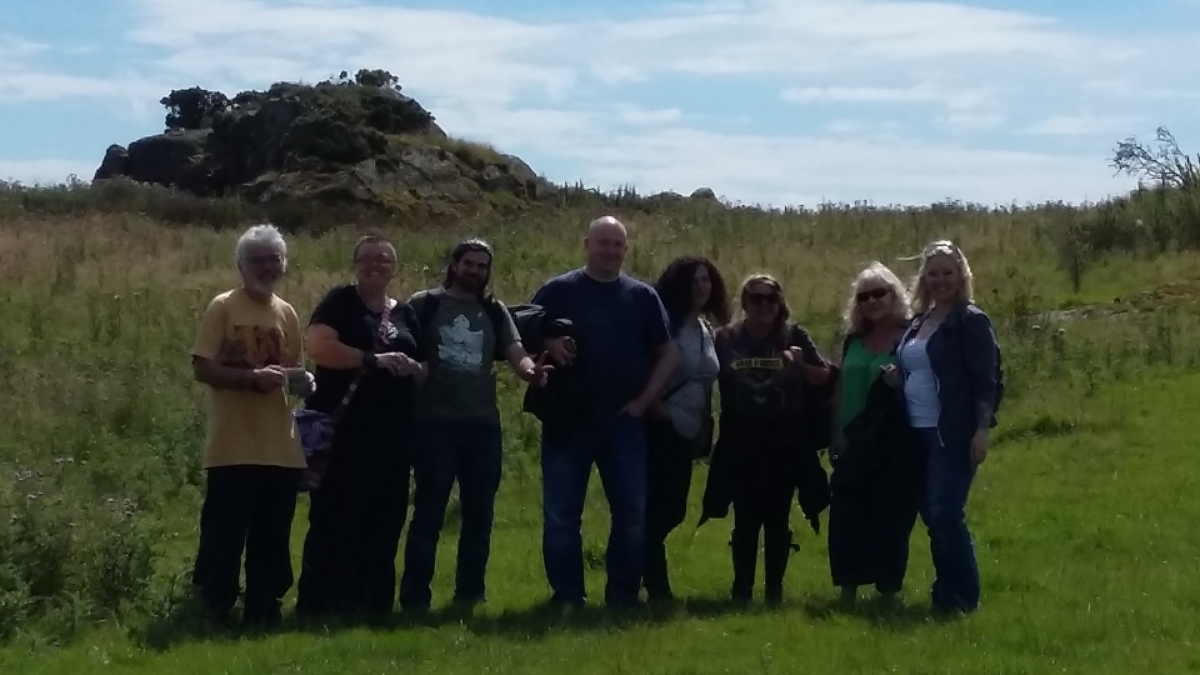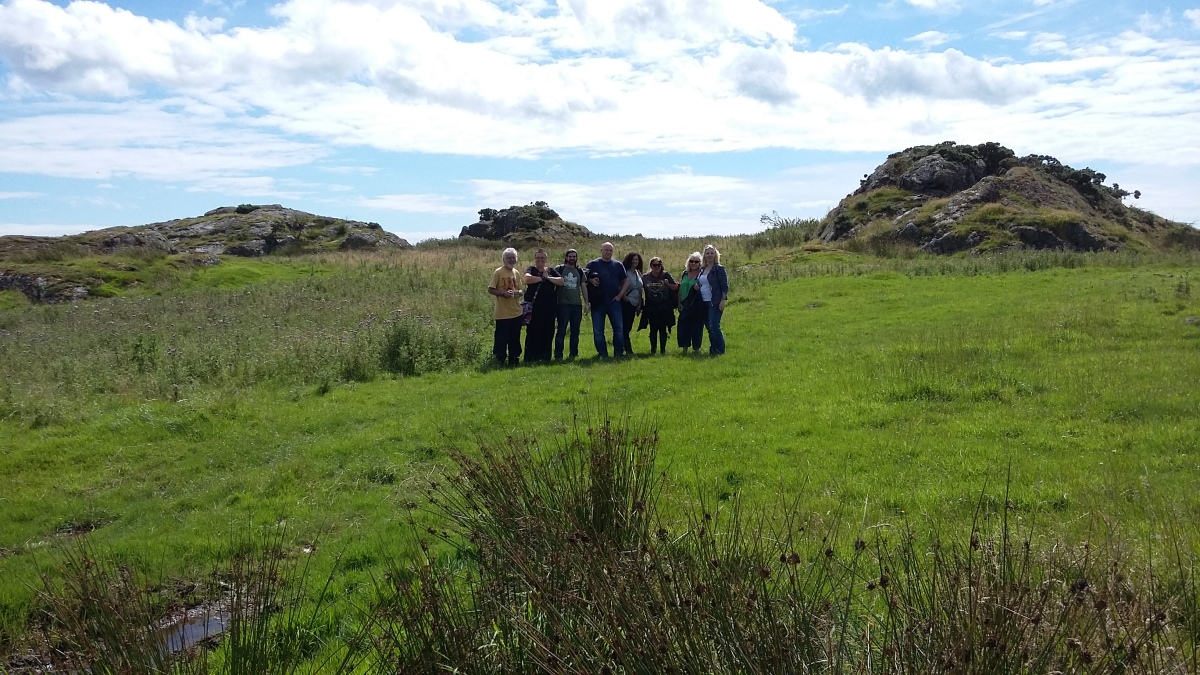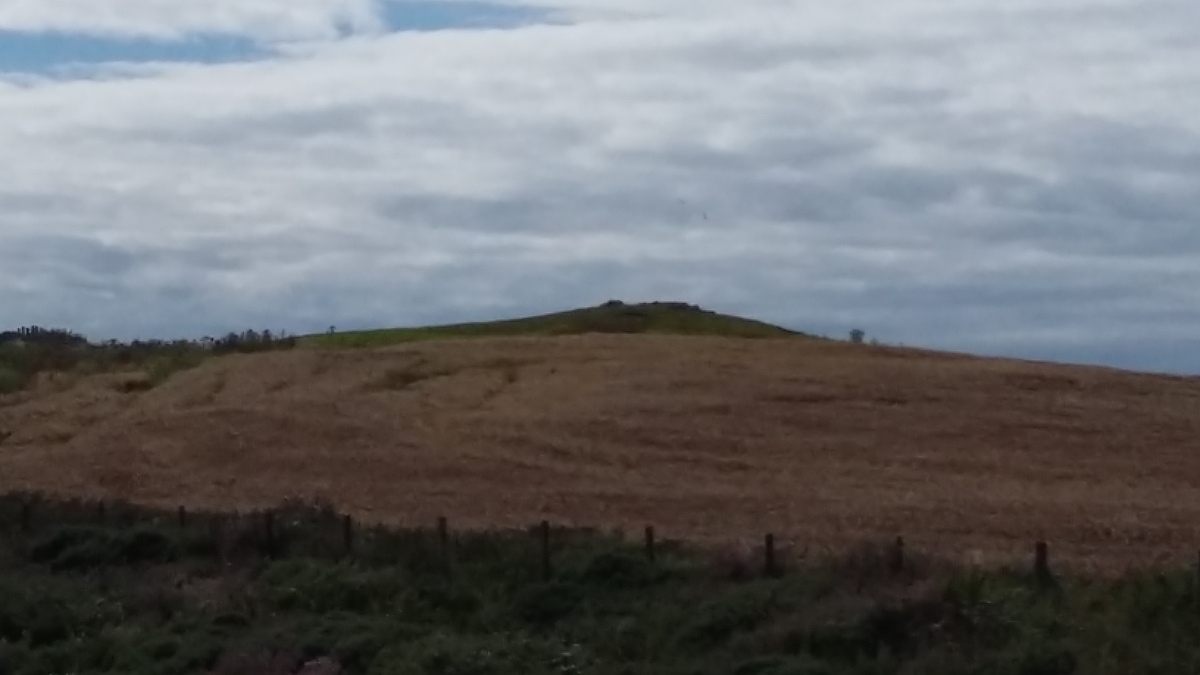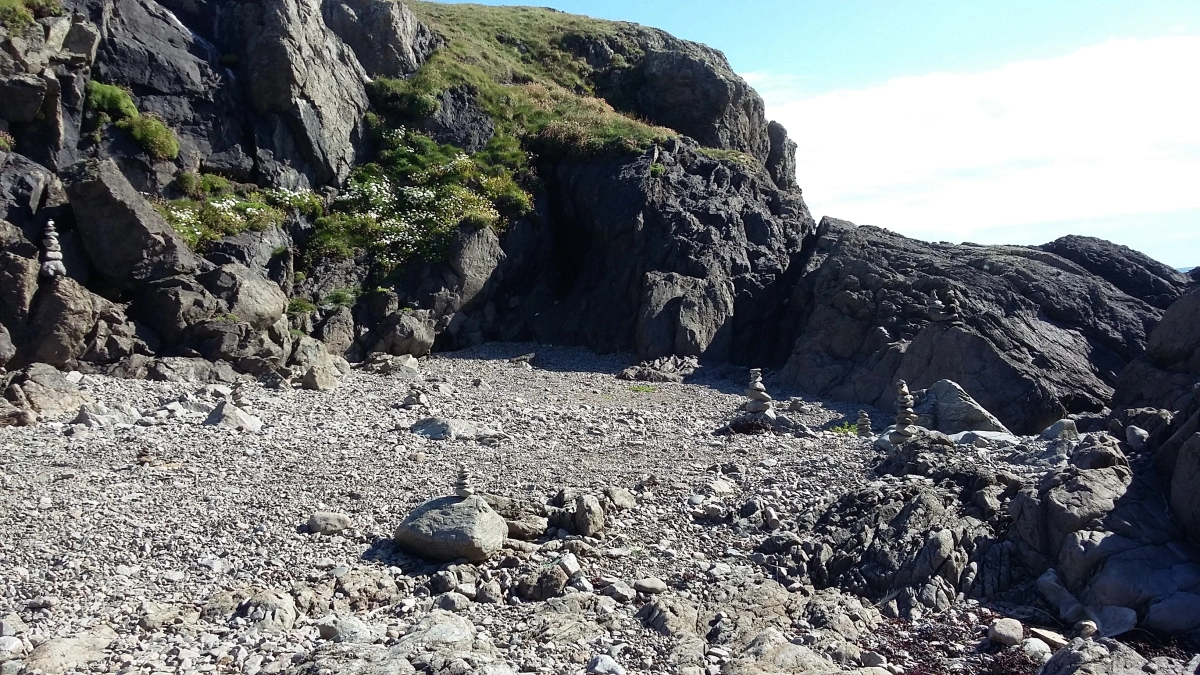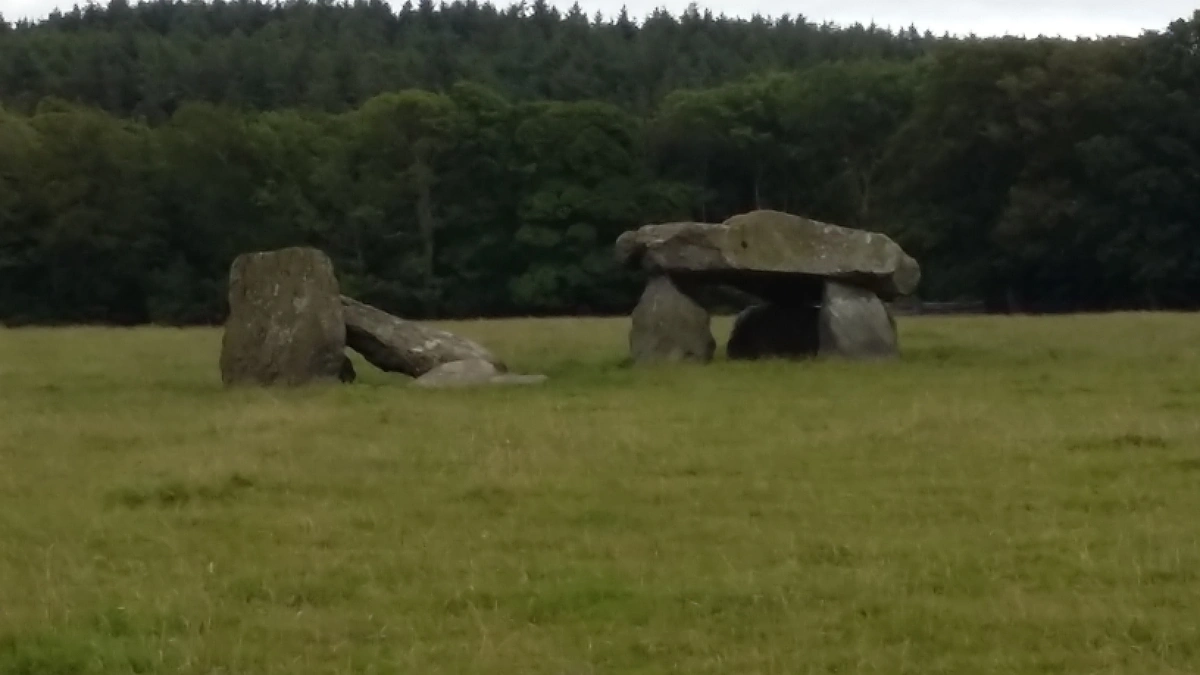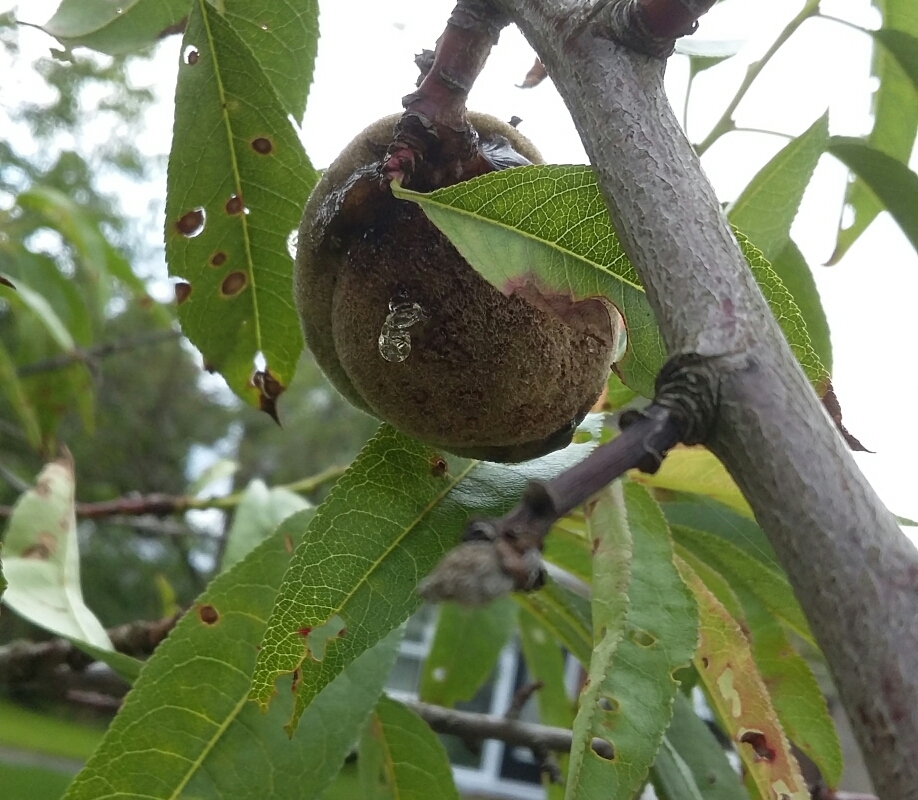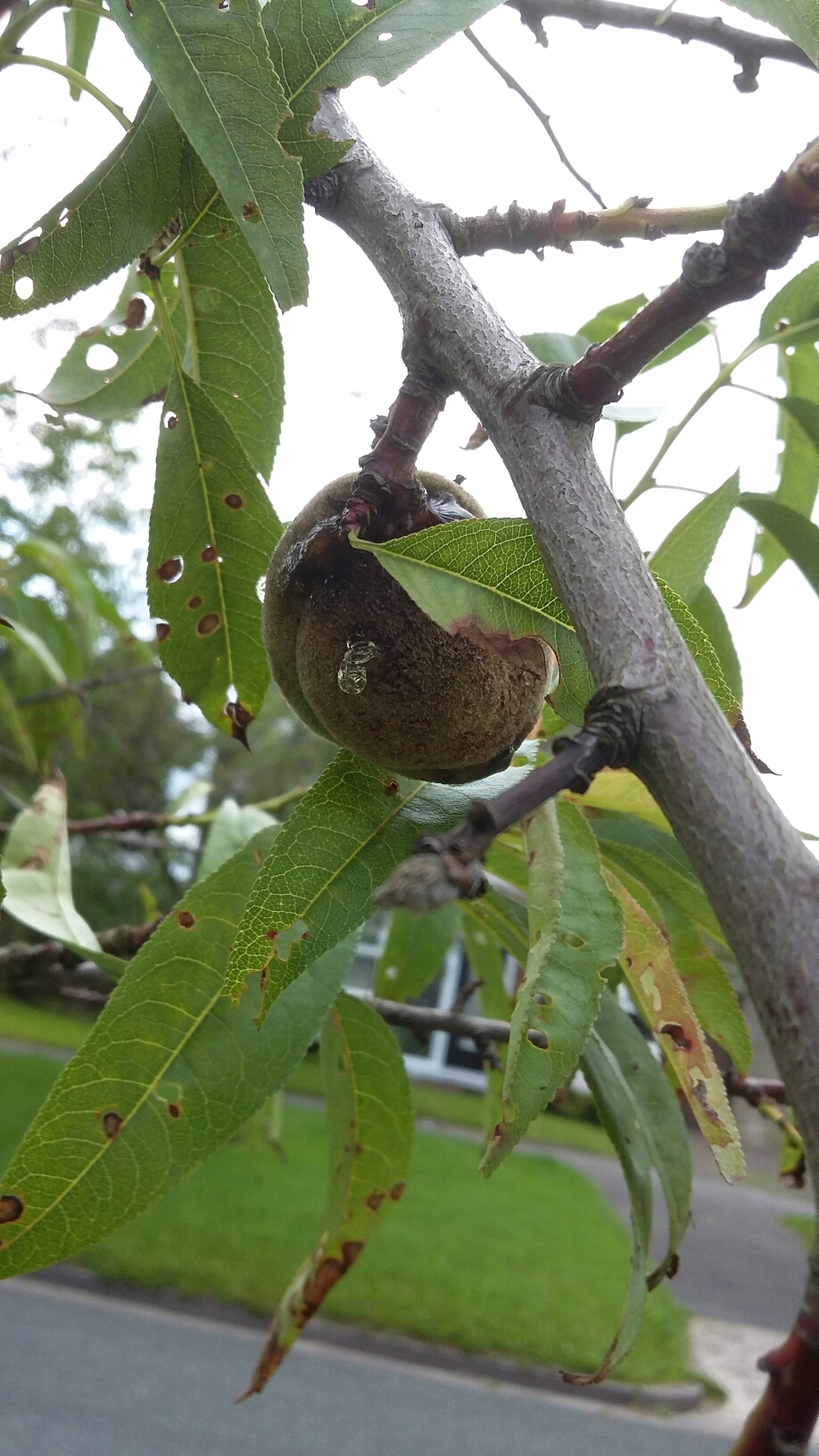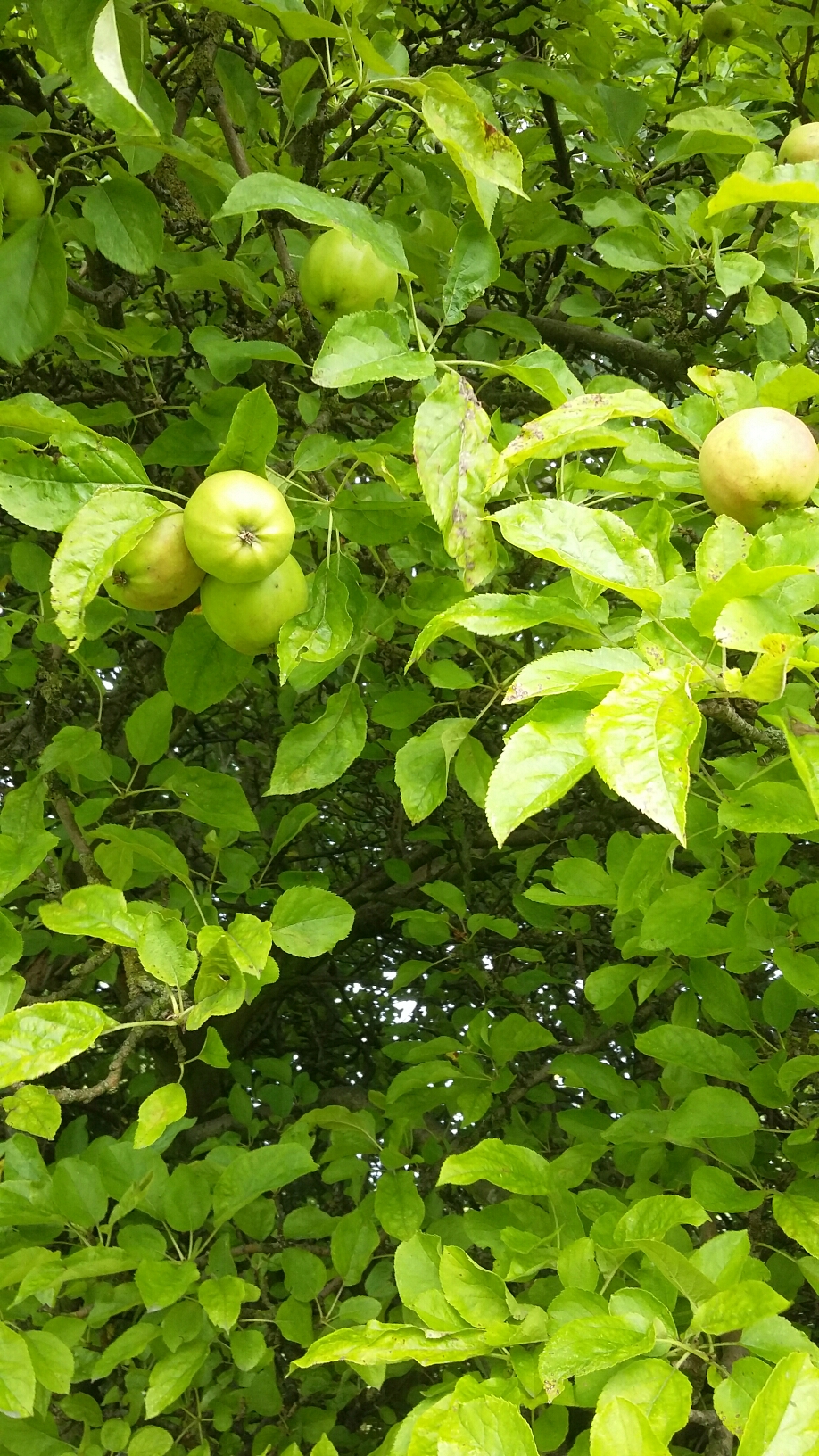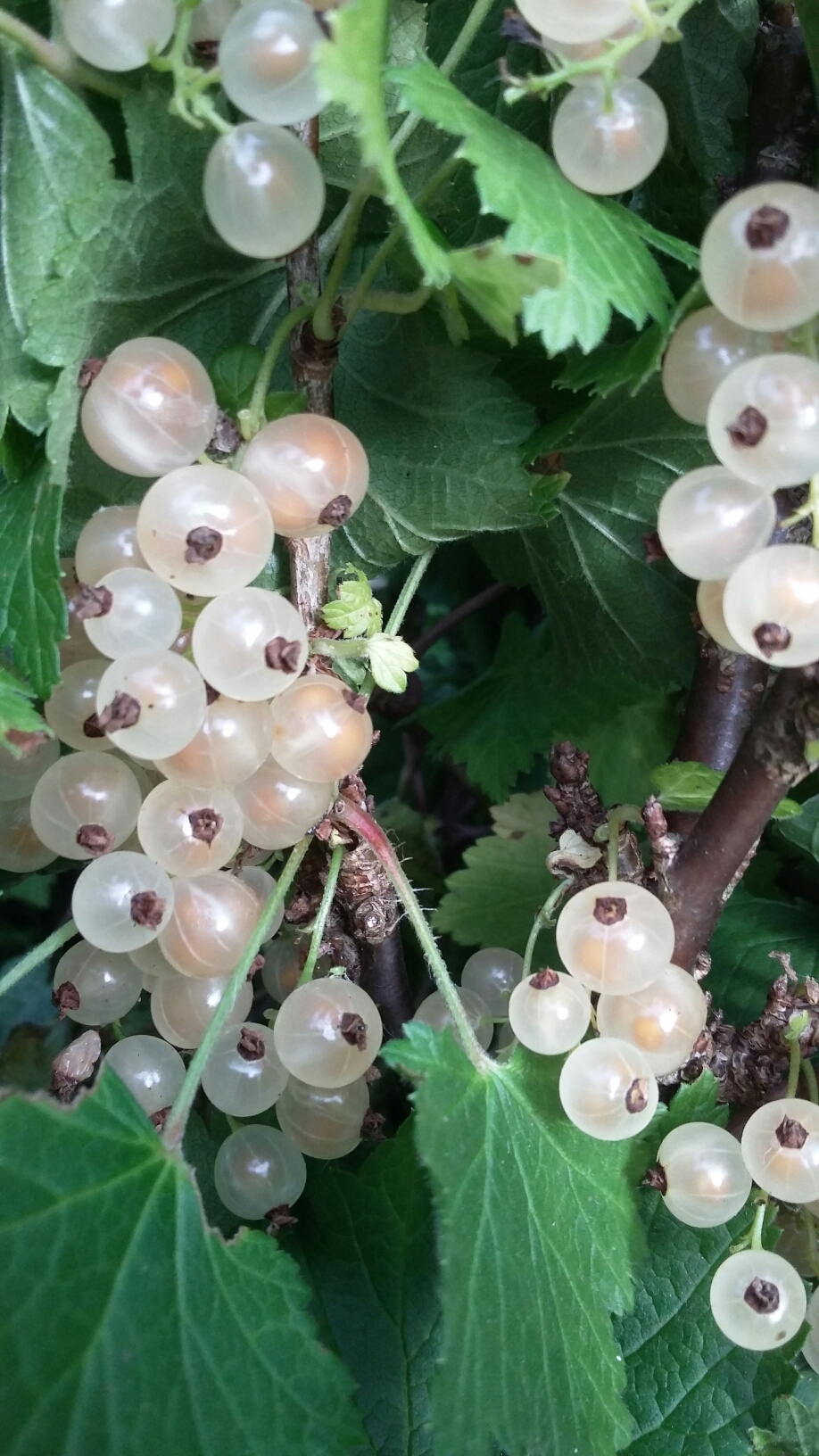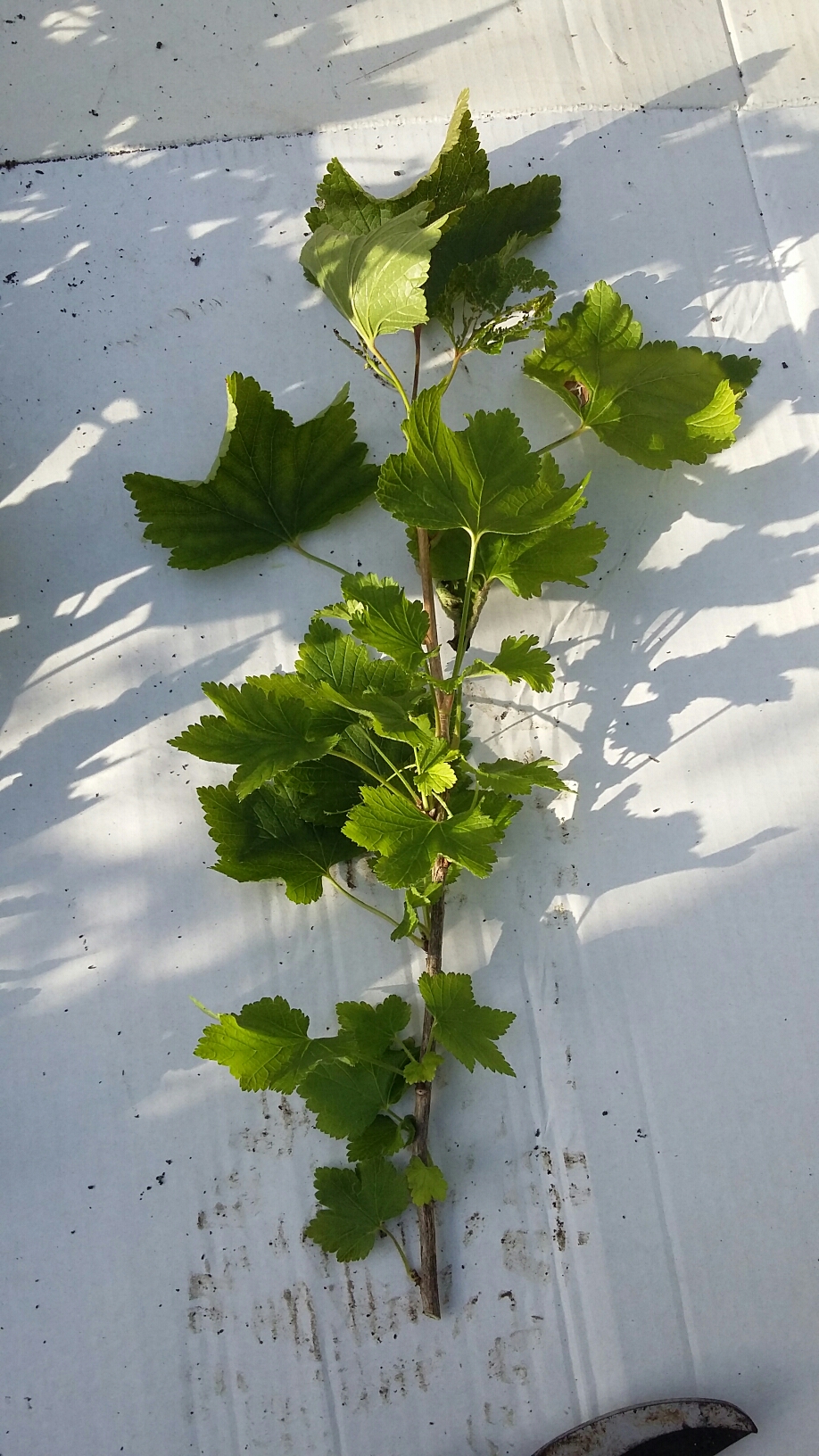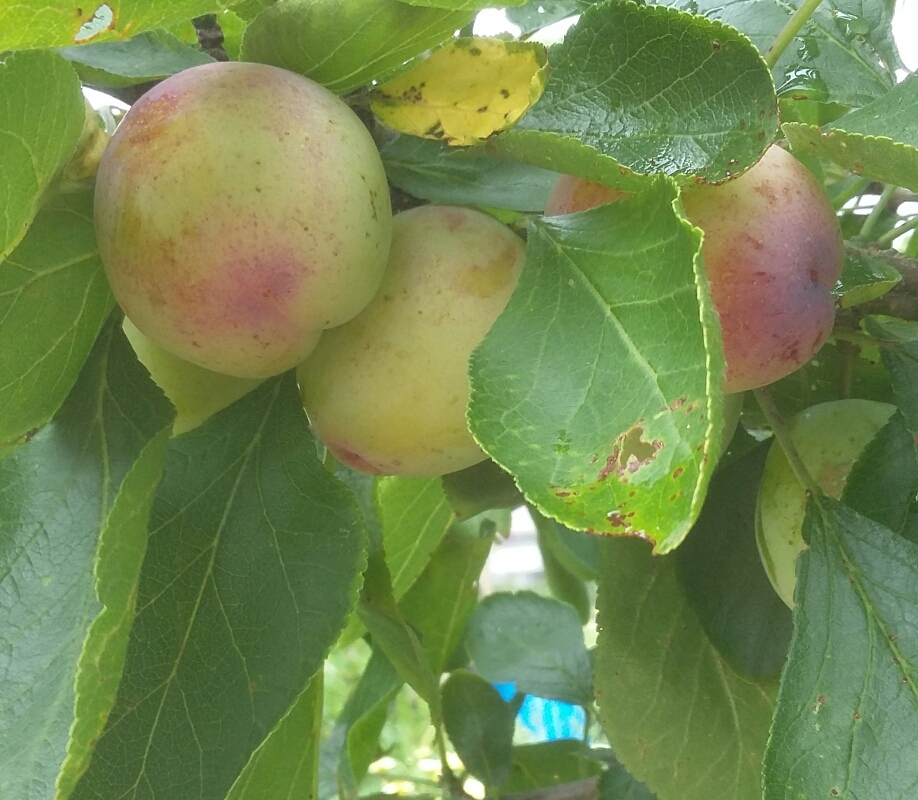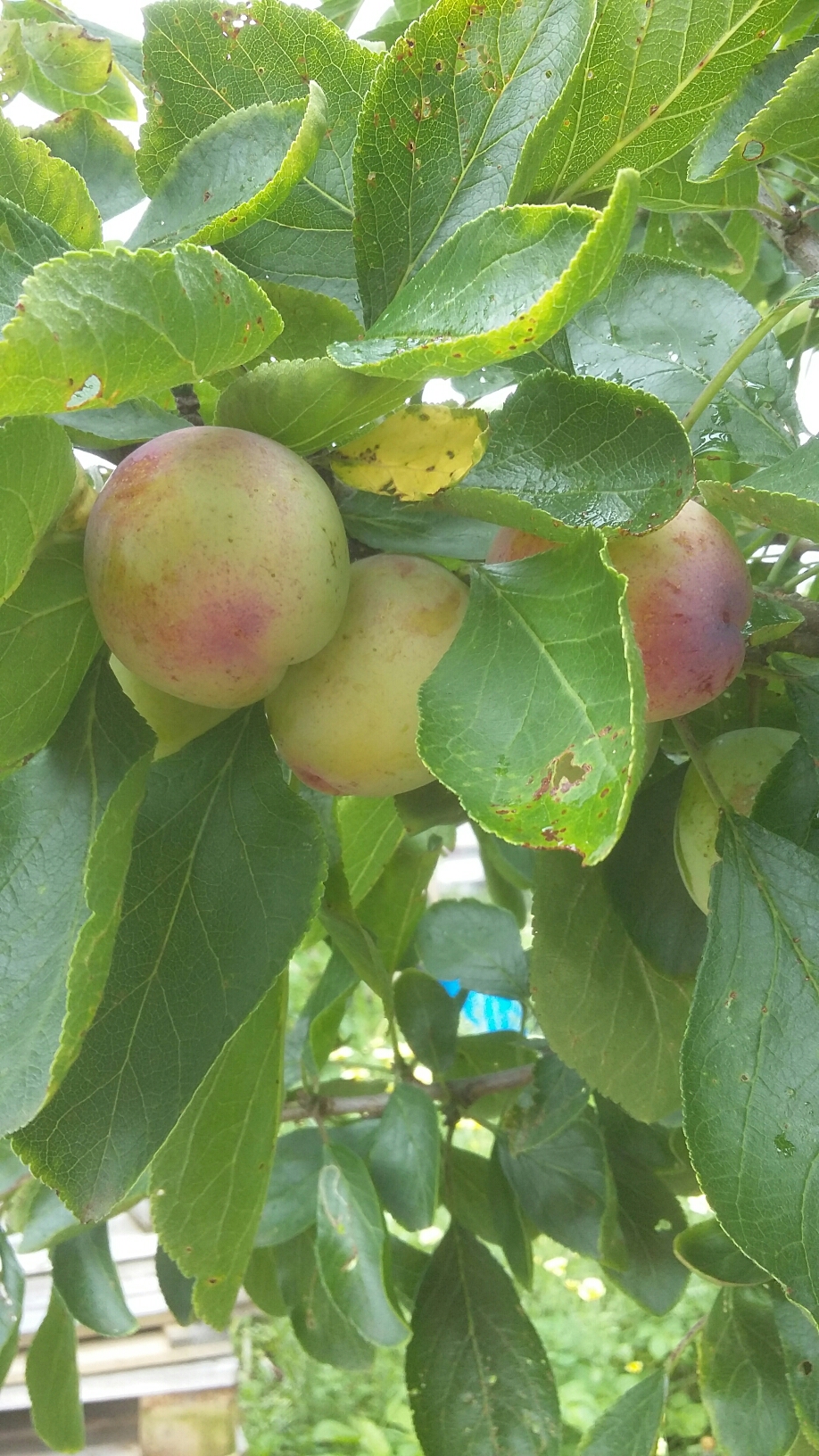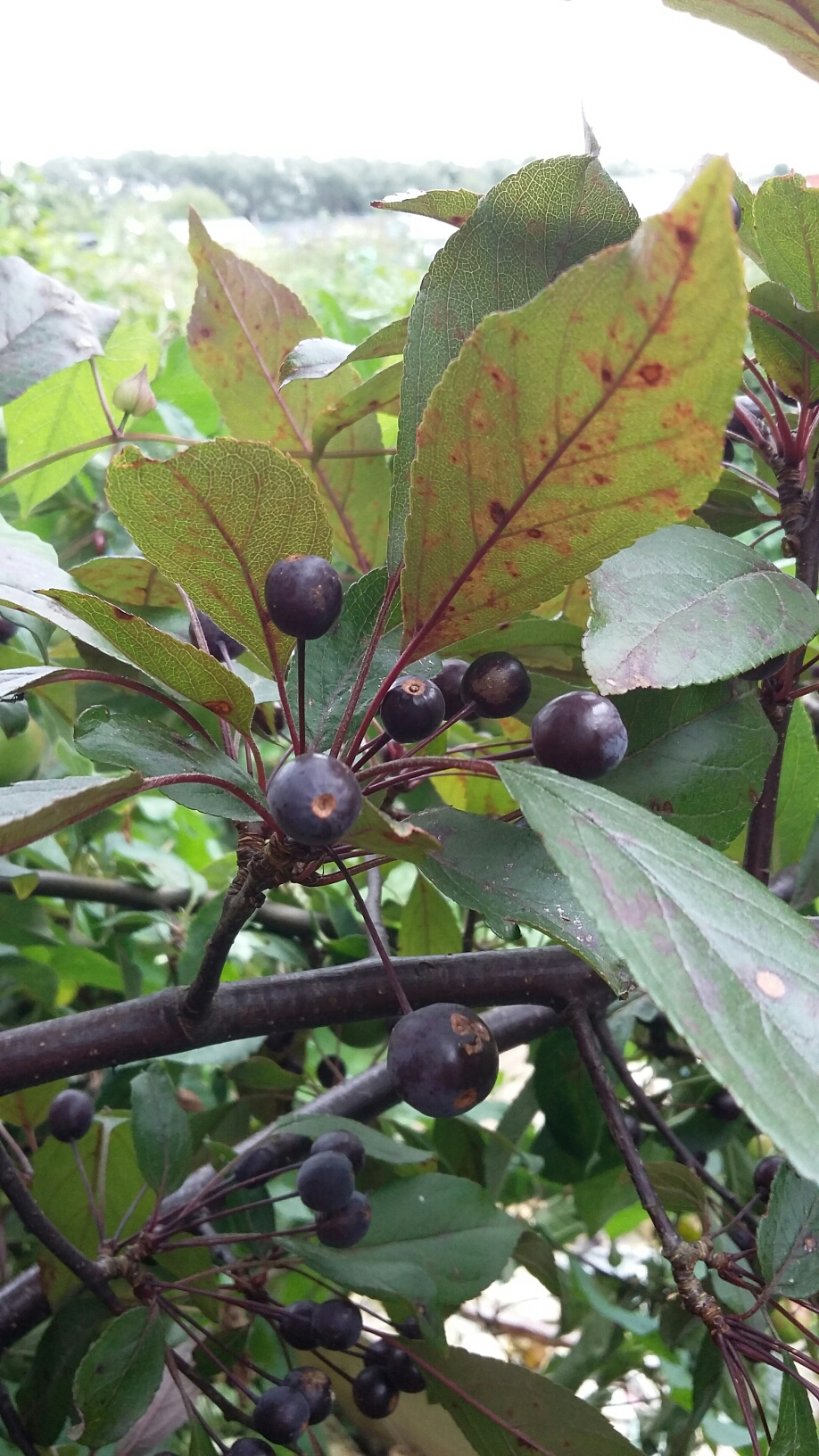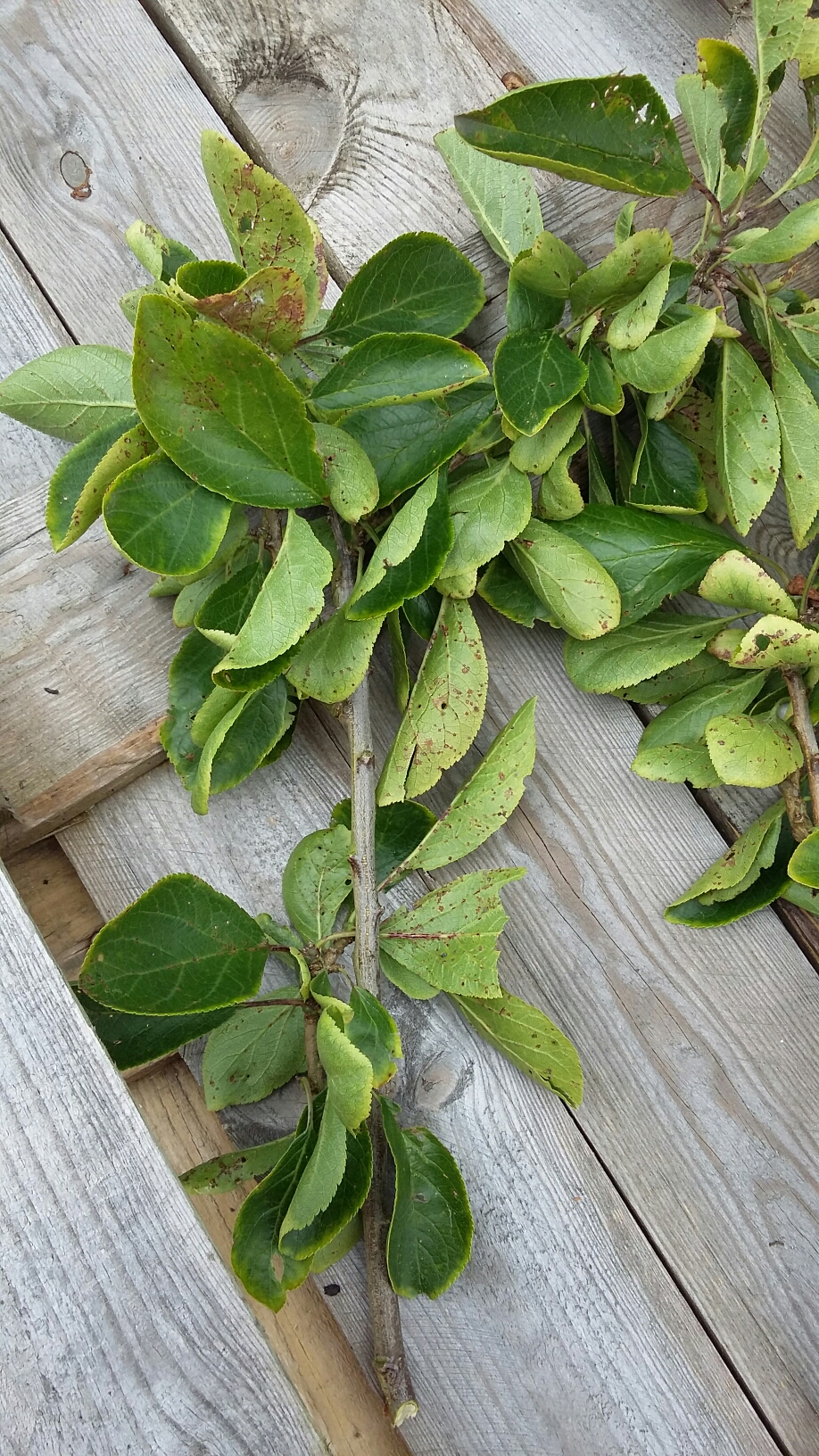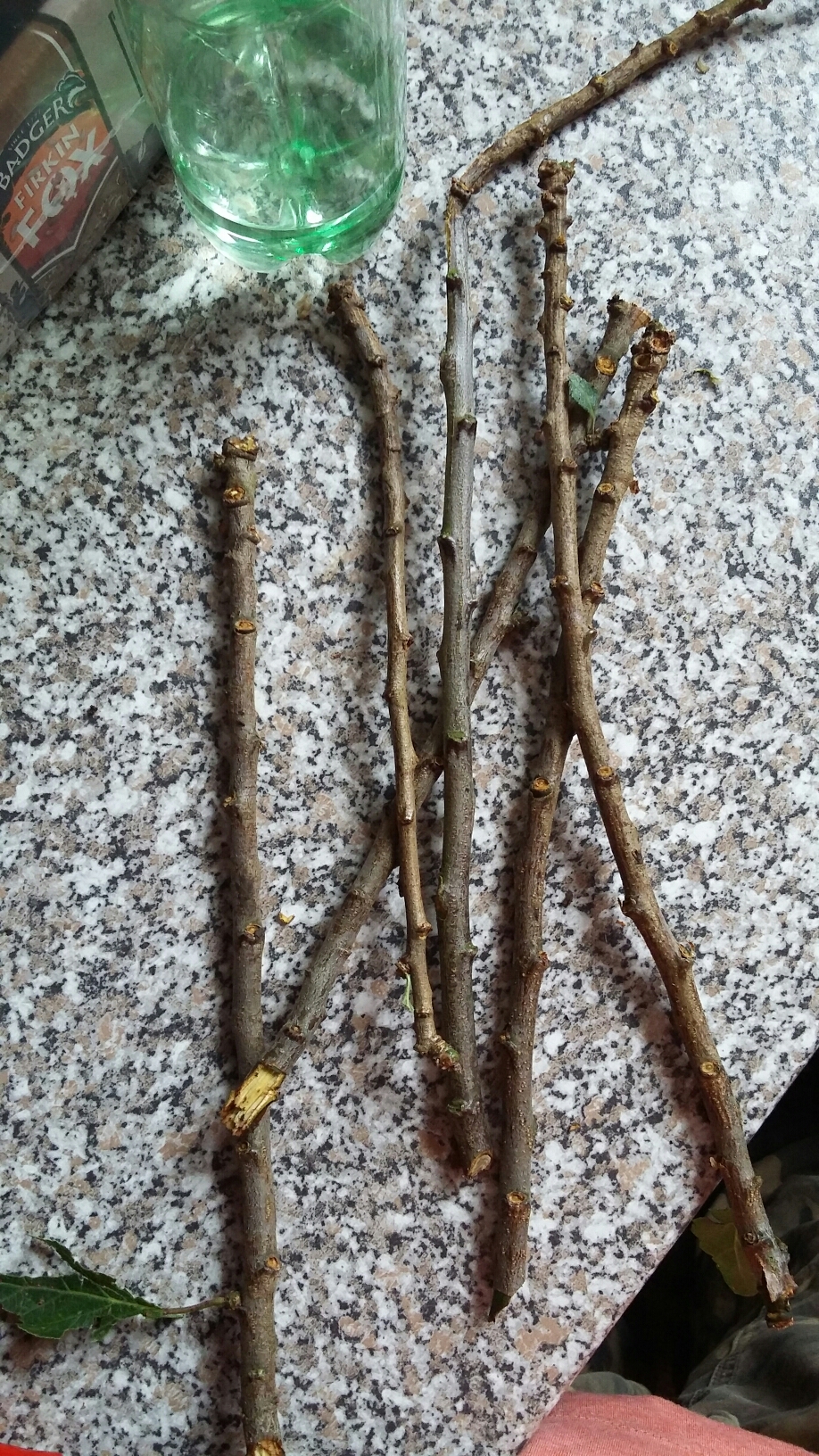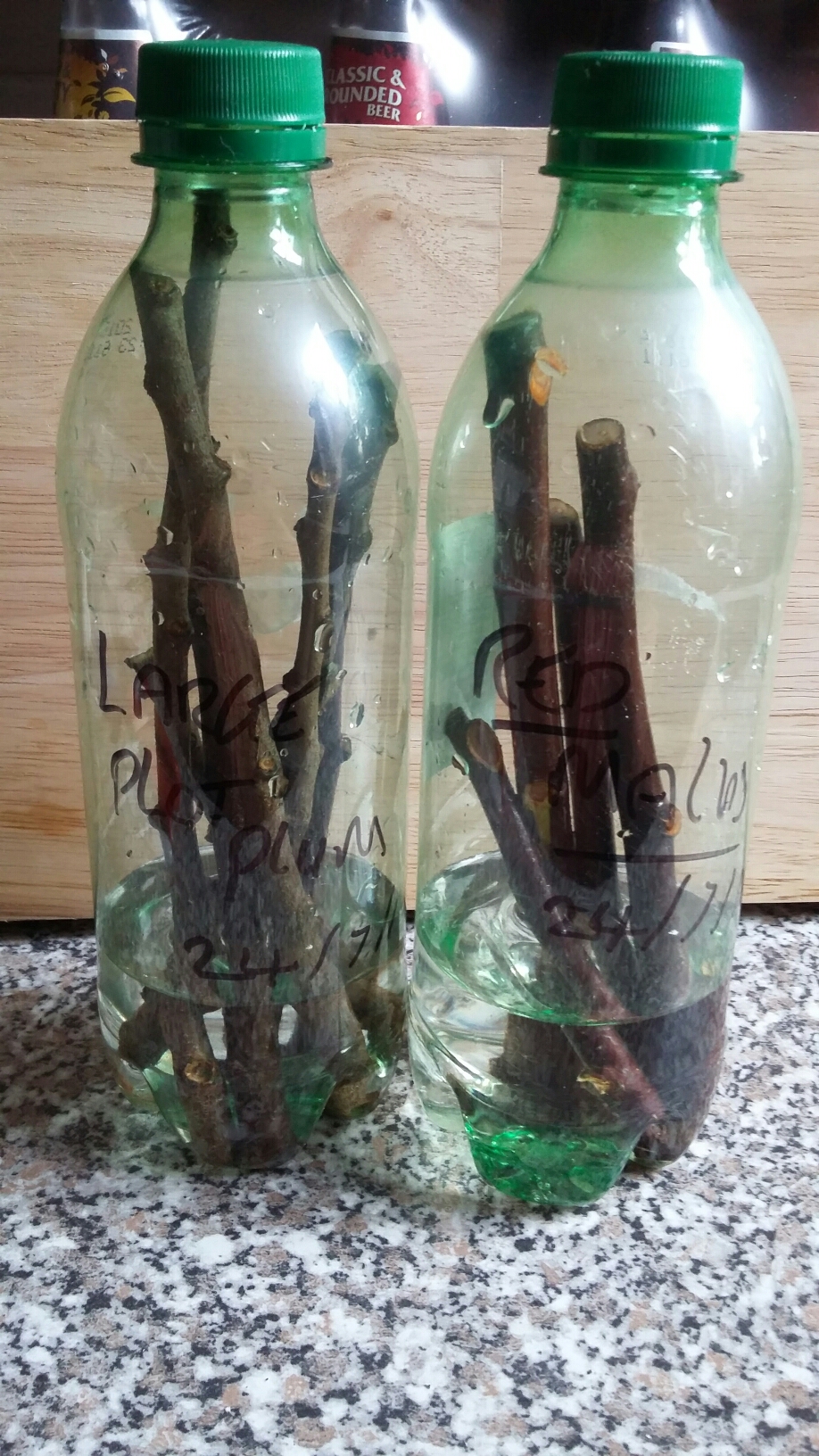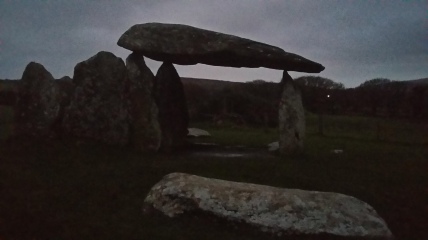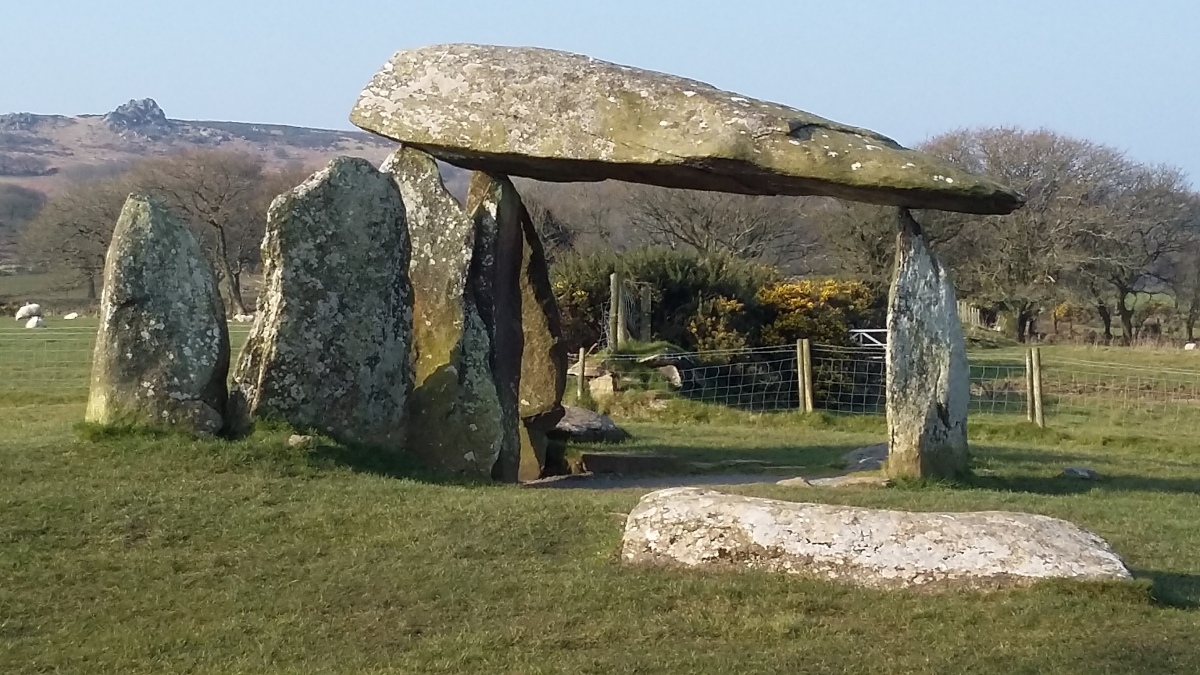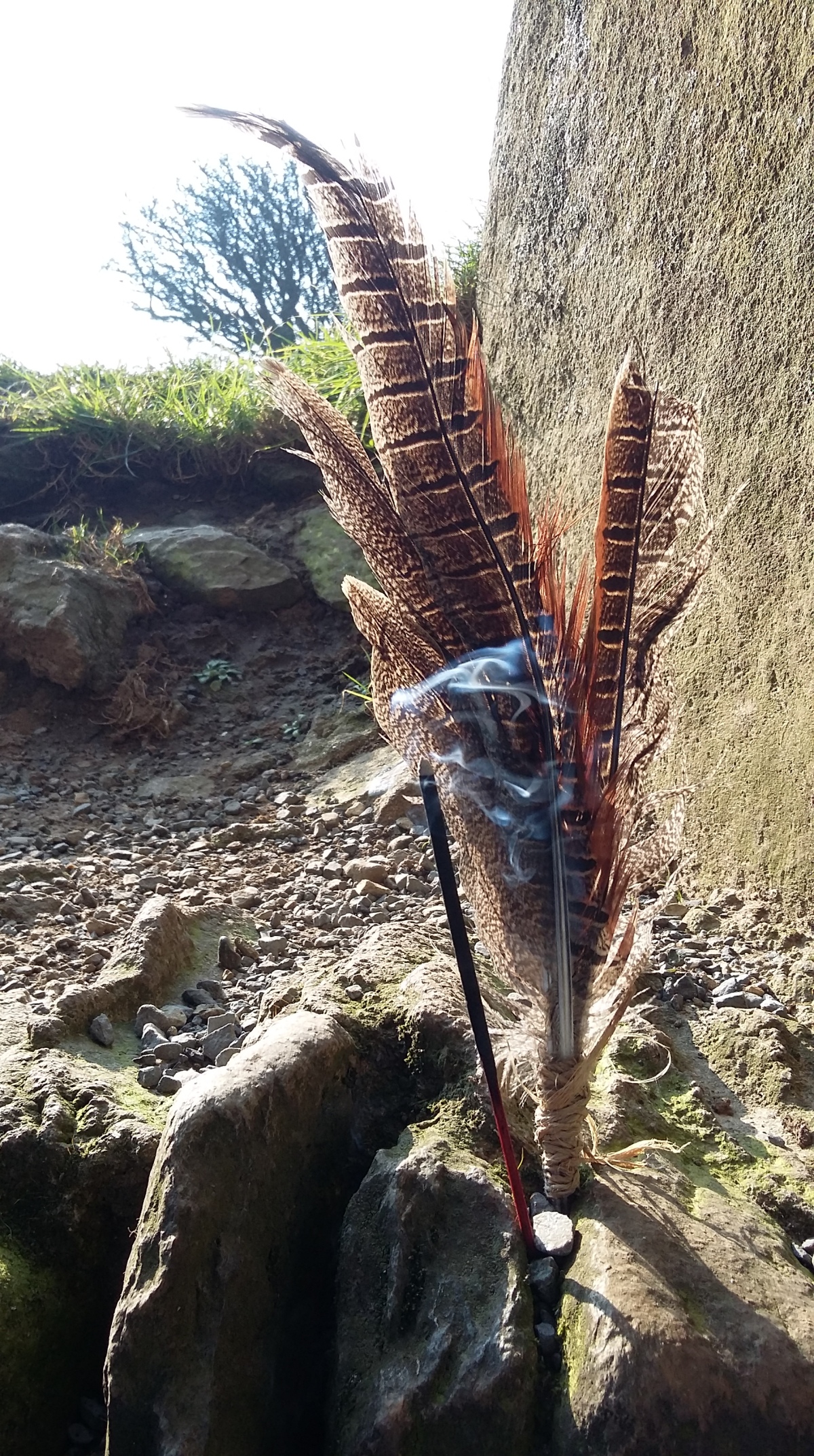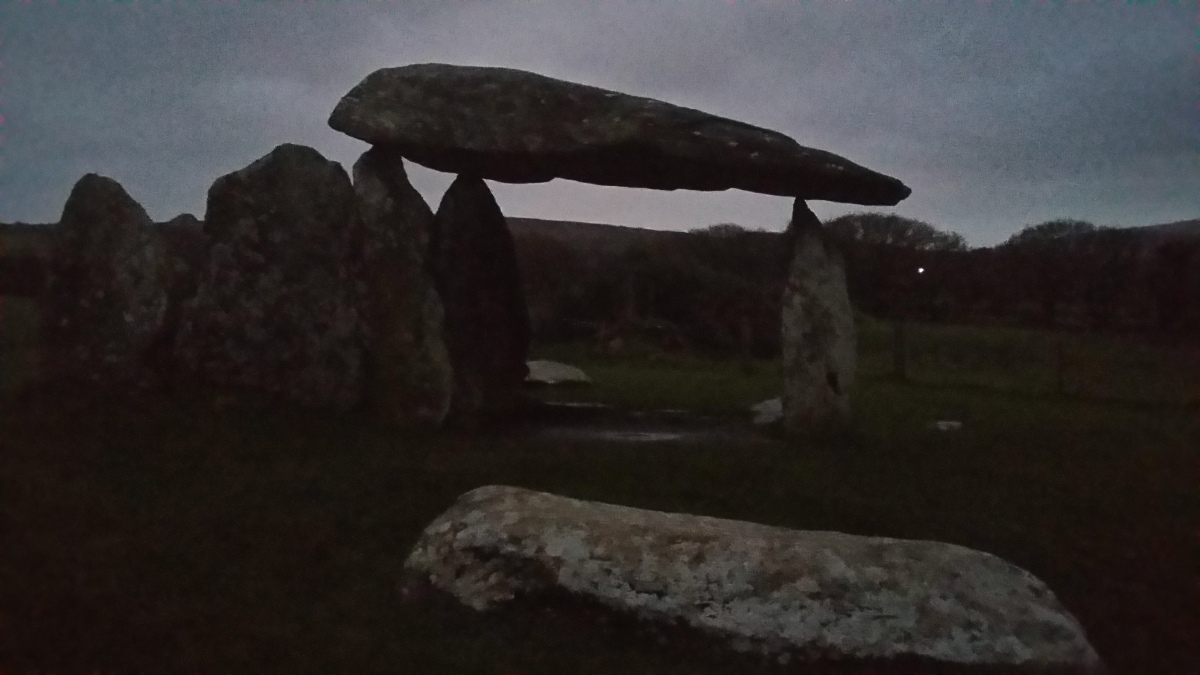
In a previous blog post I mentioned that I hold the role of ‘Ritualist’ for the Circle of Pagans moot.
This is a longstanding moot that serves Liverpool and the surrounding area as well as any one else who might be passing through.
Part of my role is to create simple rituals for each of the eight spokes of the Neo-pagan wheel of the year. These are rituals that anyone can follow, regardless of how new they are to their pagan path or their ritual experience.
The rituals are based on Wiccan, Druid and Traditional Witchcraft ceremonies; like most followed by Neopagans today.
They are rituals that can be used by sole practitioners or adapted to group use easily; feel free to tweak them until they suit you and yours.
Circle of Pagans aims to share knowledge and reach out to the wider community. Which is why I thought I’d post the rituals on my blog for others to see, adapt and use.
So here we go……..
————————————————————————-
Samhain Equinox ritual:
Thoughts:
– The word Samhain has it’s origins in the distant past as a word meaning ‘summers end’. In many ‘celtic’ or gaelic tongues it’s also the word used for the month of November.
Historically. it is thought, that the term Samhain actually covered the first three months of the coming winter – November, December and January in the modern calendar – rather than just one night or one month.
Samhain was the name of the darkening night and the descent in to a frigid world fringed with the death of leaves and as such the death of the Land itself.
– In many pagan books and links you’ll see Samhain referred to as the ‘Pagan New year’, yet, this is often debated. Many would say that the turning point that is the Winter Solstice would be the beginning of a new year.
However, those that do might be painting a modern interpretation over and older worldview. You see, to much of the ancient world, the day started with the dusk – after all, life starts in the darkness of the womb and the seed is the beginning, not the seedling, at least not until it is covered with the darkness of soil.
And it’s not a bad thought to think that we could start the day eating and then sleeping is it?
– The Samhain that we know, falls on All Hallow Eve or Hallowe’en and indeed, is known to have birthed the latter one way or another. Mainly through continued folk practices of the ‘celtic’ world and an adoption by the Roman Catholic church in the Middle Ages… and from there via a ship to America and the New World. Across the pond, many of the customs brought by the new arrivals found a commonality and were pooled together to create what we know of as the modern Halloween.
– Like many ancient festivals, it would have been celebrated with a bonfire – in this case though the bonfire would have helped to chase away the more malicious spirits that were set loose upon the wind by the thinning of the veil. In some cases juniper and similar were added to the fires and the smoke breathed in as a method of self purification and protection.
– One British folktale, which ties in well with old Romany Gypsy lore, was of Old Jack – a human trickster who was so devious in his antics that neither God nor Satan wanted him when he died – dooming him to wander the in between worlds a s a spirit for ever. It’s said that Satan threw coals from Hell’s eternal fire to get rid of Jack, but he caught one in a turnip and so created the first Jack O’Lantern.
Which makes you wonder about the use of the turnip or pumpkin lanterns in the past – was it a sign that he had already visited, or that there was already a trickster in place… or was it to keep him away via the old tradition which states that when you know someone’s real name then you have power over them. Perhaps then, the lanterns were in place to say ‘we know who you are, so don’t even bother trying to trick us or we’ll name you and then we’ll own you for the night!’
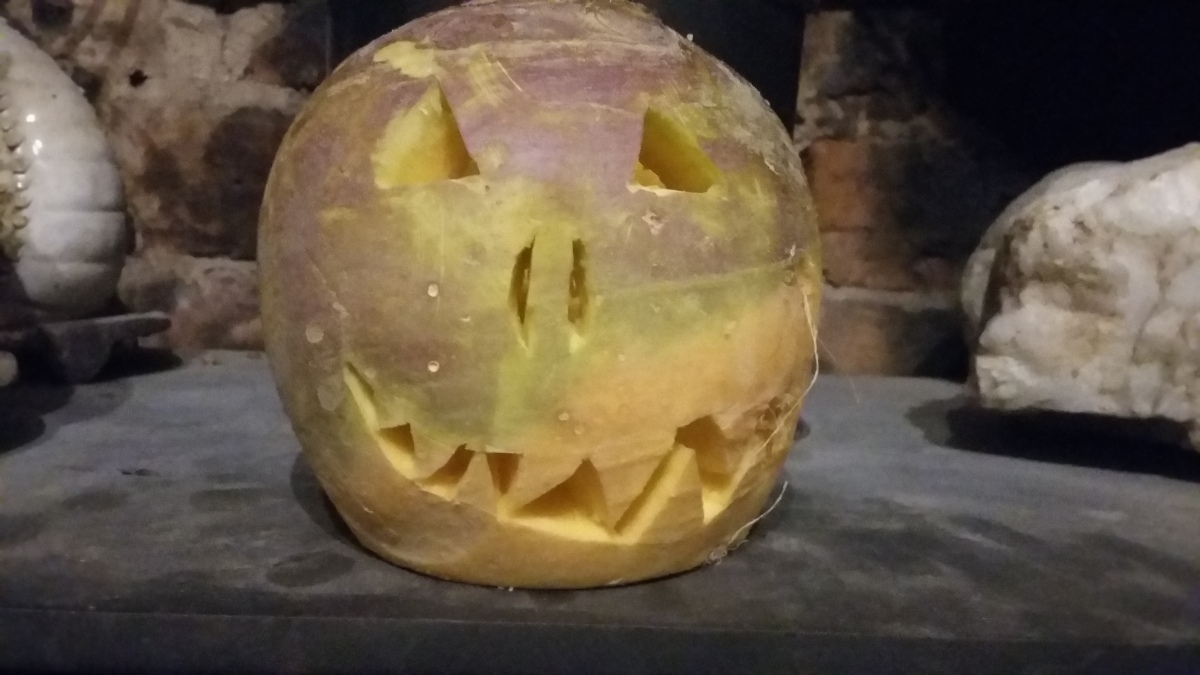
– It’s often assumed that a fear of the more malicious spirits and the marauding dead birthed the Jack O Lanterns of the ancient age. In the days of old, and even still today, faces would be carved in swedes and turnips, while today we use the wonderful berry that is a pumpkin before having a candle or coals placed in them and set looking away from the property.
The lanterns in popular lore served two purposes – one to draw familiar spirits to them and the other to scare away mischievous and malicious spirits or beasts that might stalk the night at this time of year.
Indeed, the Jack O’Lantern is also the name given to marsh lights and Will O’The Wisps – those who appear to lost travelers carrying a source of light and then lead them off to a watery end in the marshes or to another world altogether.
– Much of what we think about for a modern Halloween still fits well in to the Samhain of old and to my mind, there’s little harm in combining the two – though one is arguably more serious and sinister than the other, which only lends a touch of enchantment to a increasingly secular world.
– At Samhain, the veil between the living and the dead thins, along with other veils that hide our world from creatures of malice and the Fey folk. Yet the thought that our Ancestors are easier to reach than usual can easily fill us with the same giddiness that a child wearing a costume might have. After all, many of us have experienced that happy feeling when we are heading to our grandparent’s home and expecting a sugar high from sweets and cake and being otherwise spoiled.
– One of my own thoughts around the thinning of the veils is to do with the ancient’s understanding of blood as sacred.
From time immemorial, blood has been offered to the Gods and the Spirits as a sacrifice and an honouring. There’s a lot of power in living blood, but it doesn’t stay alive for long.
It might seem peculiar to throw this thought in here, until we look at Samhain as the third period of the harvest -a harvest of apples and flesh.
As winter closed in, farmers would need to make some hard decisions based on the hay harvest or on foggage (grazing) left in the fields to use over winter.
If too many animals were kept then they would all go hungry and a farmer risked loosing all of their livestock and starving themselves, if too few were kept then a limit was set on meat production the following year – or the farmer could again loose all, if one fell sick in the winter.
As such, The end of October was a time of slaughter and meat preservation. A lot of life would be taken and a lot of blood spilled to feed the living. So much death always calls to Death by necessity.
– The thinning of the veil also calls to more than just the dead – the Fey and Otherworldly things come through with more ease as well and many modern witches report an increase of spirit and otherwise activity at this time of year. In the past, this was felt too and often those who wouldn’t otherwise practice magic would be compelled to do so.
– The magic practiced at this time of year was often divinatory – meaning literally ‘knowledge from the divine’. People would cast runes and twigs and apple peels to see the initial of their future lover, or they would seek an audience with The Devil to see who would die that coming year.
To do this wasn’t thought of as nefarious by many – the Folk Devil as Master of Magic has always been seen a little differently to the Lord of Hell. [On that note actually, it’s worth saying that biblically speaking, the Devil was cast down to Earth and will only end up in Hell, where he too will be tortured (much wailing and snapping of teeth says the Book of Revelations repeatedly) at the end of days… until then he’s one who moves in this world with the rest of us…. if you follow the Christian mythology of course. A subversion of the Horned Gods of Old or not he, The Devil, has a huge part to play in many forms of witchery.]
It was said that either by sitting in a chair in a crossroads or by attending a church at midnight on All Hallows Eve you’d have a conversation or be listening to the Devil’s service. As a part of which he’d reel off those who were to die in the following year.
– It was also a traditional time to gather grave yard dust or dirt for darker workings or to tend to the graves of those long gone.
– In some areas of Britain it was said that the Faeries moved between barrows (mounded tombs as gateways to the other worlds) twice a year – once at Beltaine (1st May) and once at Samhain. As such, it would be unwise to join in a procession of the fey as you may end up in a different world to be used up and cast out as an ancient while only hours have passed in the outer world… or to be returned as a youth to your town decades or centuries later to see that all has changed and all your loved ones are haggard or dead. Within the Faerie tradition you are more easily trapped if you eat Faerie food.
The Fey folk aren’t human and operate by different set of morals (if any) than we do in lore. Yet, to tempt them in to a deal (a bad move unless you form the small print yourself under the advice of a lawyer) or to bribe them to stay away if you live near a Faerie site, such as a stone circle or barrow or a solitary hawthorn in a field or a copse of Alder etc, you’d leave out milk and beer and unsalted bread… or you’d use bits of old iron, such as horseshoes, nailed to, or by, the door to keep them away.
– With Samhain we enter in to the darkest quarter of the year, or so it seems as the nights get longer and the days darker and we feel the bite of winter in the very air that we breathe. It’s a time that harbours the first life of many plant and animal species though – from the acorns sending down their first roots, securing themselves and begin ready to sprout come spring; to the stag battling for the right to mate in the rutting season.
– The colours of Autumn are also filling up our sight lines at this time of year, with the crimson and butter yellow of Acers and elms and Ash and the burnt purples and browns of the Manna ash and the drying beech speckling the world around us.
The fallen leaves also frame the oft bright colours of autumn fungi on the woodland floor while Liberty Caps grow readily in dew soaked longer grass. This is a time of transformation and of birth for the fungi as many throw up reproductive mushrooms, from their hidden mycelium, to scatter spores and grow in number across the world.
– In some of the colder pats of the world, yet those where winter bathing was less frequent, the poor would often be sown in to their clothes with sheets of brown paper fitted between layers to reduce lice and add insulation, preparing or the winter ahead.
– Those same peasant folk, from which many of us are descended, would gather up dried leaves to remake their mattress for the winter if straw or hay was in short supply – echoing the animals that seem to melt in to the landscape over winter. Animals such as the hedgehog or slow worm who find sheltered spaces to stuff with leaves and sleep out the colder weather.
– It is also said that the Druids of ancient times would have netted off some elderberry trees and allowed the fruit to dry and ferment on the tree until Samhain when these fruit would be gathered and added to water to ferment again -this double fermentation of wild yeasts and fungi leading to a psycho active wine that would be drunk the following Samhain to attain prophetic visions.
– As far as deities go, this is often a time of year favoured by modern witches to work with those more haggard aspects of the divine – the Crones and the Lords of Death; those with the power to take away parts of the self that are no longer wanted and to usher in transformation by virtue of the dying of parts of you.
What to do?
Here are a few ideas for activities that you could do to recognise the time of Samhain:
– Visit the graves of your kith and kin, leaving the gift of an apple or bouquet of autumn leaves. Or create, or update, an Ancestor shrine at home with photos or trinkets from those lost to the past.
– Take a bag, some tubs or baskets and go on a mushroom foraging walk (trust an expert if you don’t trust yourself and always make sure they are safe to eat). Perhaps dry some mushrooms at home, to practice an ancestral skill.
– Make a sacrifice yourself to echo the loss and gain of the third harvest of old – perhaps go without meat or dairy for a week. Or give a banquet to he homeless or donations to a food bank. Not all those who have gone before you would have had plenty to eat at this time of year and the generosity of others will have kept them alive – honour their struggle by easing that of a living person or family today.
– Set an extra space at the table on Samhain night and leave the door ajar so that your Ancestors and the dead can come to visit. Maybe even take this a step further and host a dumb supper. Set up empty spaces on the table and eat in silence by candle light. Maybe even an empty chair per person eating. Allow everyone to serve themselves from platters/bowls in the centre of the table – the dead can have as much as they want that way by means of aroma without letting food go to waste.
– Go for a long walk to appreciate the colours of Autumn, or a mini pilgrimage to a local grave site or stone circle / barrow/ well. Tidy it up a little if needed – collect litter, perhaps cut back the bracken hiding the stones. Leave nothing that isn’t biodegradable as an offering.
– Leave out a collection of shiny copper coins or tuck them in to cracks in tombs (don’t damage them to do this though) or walls – that way the restless dead can pay Charon to cross the river Styx (if you or they follow the classical Greek Mythology)
– Consider going on a shamanic journey to visit your Ancestors in the Underworld. See what they have to teach you. Don’t try to get in to the Land of the Dead in the shamanic worlds though… even extremely well practiced Shamans have been trapped and lost there in the past.
– Set up a circle or working site and invoke an appropriate deity of your choice, or your Ancestors, and speak with them about what you have harvested in your life over the past season or so and what you’d like to harvest in the coming months. Perhaps speak to a Crone Goddess or a Dead/Underworld God and ask them to take away aspects of yourself or your life that no longer serve you or are holding you back.
– Or simply go for a walk in to the woods, or meadows or park and see what changes the season has brought to the land near you.
– Share a libation of mead or wine or beer with the dead – perhaps even in a graveyard.
– Look at making a witches ladder with bones that you’ve found or saved – hang it in a tree or a hidden place – again make sure you use only biodegradable materials. Your intention is your own business.
Think of bones as the liminal part of the body – the core of the corporeal in life yet the residual parts of living things after death and decay. A link to the dead that we can’t hold easily while they live.
– Collect the best coloured autumnal leaves as you find them and perhaps make a leaf mask to use for Samhain. Masks are a great way to experience yourself in a different role or as an embodiment of a chosen energy or being.
– Carve a Jack O’Lantern out of what ever takes your fancy – a pumpkin, a turnip, or even an overly large parsnip. Make sure to collect the flesh and make seasonal soup, or wine or pie – never waste it and a well hollowed pumpkin is one easier to carry too!
Light it up and place it looking out of the property to keep away the malicious spirits and welcome in the good ones.
– Light a fire and scry in the flames – add green juniper or smokey foliage to aid your sight
– Leave out milk and unsalted bread and butter to appease the faeries on the top of a wall and leave out cat food on the floor for hedgehogs wanting to fatten themselves up before they sleep (bread and milk gives them bad tummies… aka The Shits)
– look in to traditional divination techniques and local customs for your area and tradition – maybe have a go at the practice of ‘tapping the bone’.
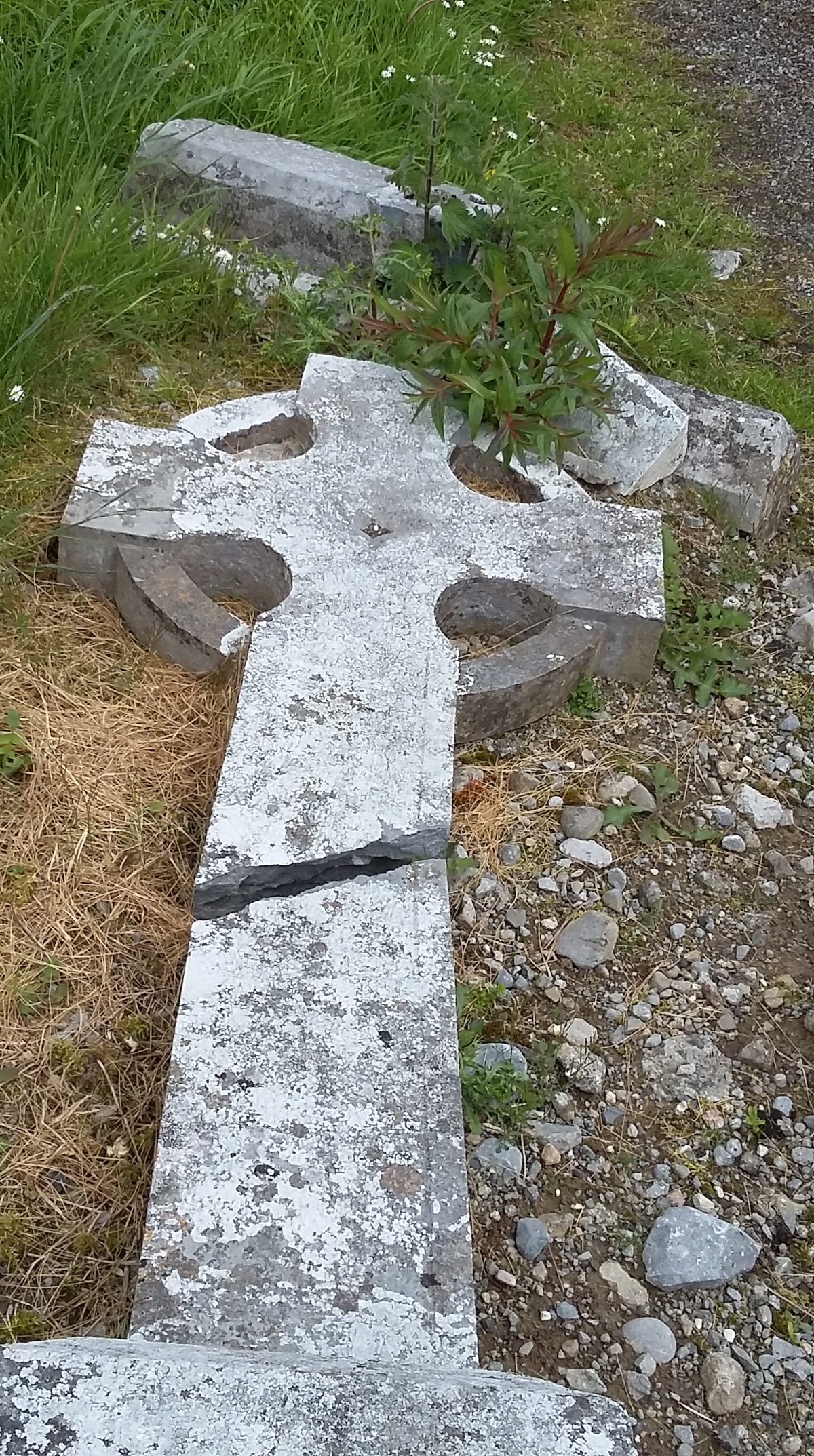
A brief solo ritual for you to practice.
Rituals are always better with meaning and purpose that is more than just a recognition and a tugging of one’s forelock to a deity or time of year.
These words are my own, but not necessarily the ones I frequently use. If you would like to, please feel free to ad lib or replace with your own words.
Edit if you will, but please cite me as the author if you are sharing (Mark Buxton or this blog).
The circle cast used here is one aimed at connection rather than separation or safety, feel free to use a different one if you feel in need of a more secure space.
This circle is in a similar vein to the majority of Neopagan style circles and is losely based on both a Wiccan and Druid ceremony format.
The purpose of this circle is connection, this allows for some vulnerability, but please don’t use this if you are in a place that creeps you out or feels ‘wrong’; wait and work elsewhere.
Preparation
Find your working space. An area with a 9 foot (3 metre) diameter of open ground will be more than sufficient. You will need a lighter or matches. Please make yourself aware of fire safety.
Mark out the North with a stone and an unlit candle.
Mark out the East with a feather (or jos stick) and an unlit candle.
Mark out the South with an unlit candle and something golden in colour.
Mark out the West with a small bowl of water and an unlit candle.
Place a candle, a some cider, apple juice or mead in a glass and an apple or fruit in the centre of your circle. Place also a fire proof dish/ bowl/ cauldron/ pumpkin along with a lit candle. Also have paper, pen and some kindling ready to go. Gather also a fresh bundle of green rosemary or sage or juniper. Place also a pitcher or jug of water.
Circle cast
Begin by standing in the centre of what will be your circle.
Take three deep breaths, feeling your lungs fill completely. Feel yourself centred, calm and ready to begin. Face the East.
Extending your finger (or wand, athame, staff or whatever you choose) hold it against your heart. Move your finger to point outwards and be aware of power moving with it.
Feel the energy flowing out of your finger and move your hand slowly to face the East. See that the energy flows out and pools in the air just beyond the Eastern candle, creating a wall that extends both upwards to a point directly above your head and down wards to a point directly below your feet.
Move clockwise, feeling the energy drawing a spherical curtain around you. As you move say the words below. Keep moving in a clockwise direction (deosil) until you reach East again.
A circle of Joy I wind around me like a cloak,
A sphere of presence and of love,
These walls borne of my own spirit,
weaving a circle of connection,
A circle of power, joy and strength
Shared with the world around me.
Once you have reached the East pull your hand back in towards your chest and allow yourself to feel the presence of the sphere of your own energy around you.
Walk to the East and say:
Hail to the East, place of dawn and the Spirits of Air!
Spirits of the Mighty Winds and Living Breath!
Come also all of my Ancestors from the East.
I ask that you join me and watch over me in my rites.
Light the Eastern Candle
Move to the South and say:
Hail to the South, place of the midday sun and the Spirits of Fire!
Spirits of the flickering flame and the body’s chemical fires!
Come also all of my Ancestors from the South.
I ask that you join me and watch over me in my rites.
Light the Southern Candle
Walk to the West and say:
Hail to the West, place of dusk and the Spirits of Water!
Spirits of the Falling Rain and the water in my flesh!
Come also all of my Ancestors from the West.
I ask that you join me and watch over me in my rites.
Light the Western Candle
Walk to the North and say:
Hail to the North, place of Midnight and the Spirits of Earth!
Spirits of the fertile soils, stones and bones!
Come also all of my Ancestors from the North.
I ask that you join me and watch over me in my rites.
Light the Northern Candle
Walk back to the centre of your circle. Bend and touch the Earth beneath you, then stand and reach up to the heavens. Lowering your hand and tuning the full circle where you are say:
Ancestors of my blood, Ancestors of this land and Ancestors of my Tradition I call to you!
Spirits of this Place and of this Time, Those seen and unseen,
With the thinning veil of Samhain
I call for you to lend me your ears,
Walk with me and guide me in my ways.
I ask that you join me and watch over my rites
Place your burning bowl / pumpkin in the centre of the circle and light a small fire therein. Save some of the paper for later. Once the fire is going well carry on with the working.
Alternatively, if doing this inside, light a tealight in your bowl.
Spend a few minutes in silent thought and clearly write on the slips of paper anything that you wish to give away. Perhaps an aspect of your life that doesn’t serve you or an ailment, addiction or aspect of your life that has held you back from your goals. Be strictly honest with yourself, if it is caused by your actions or words then take that aspect of yourself rather than blaming another or a situation.
Kneel or stand in front of the items in the centre of the circle facing west and look in to the flames. Add more wood if you need to do so, but keep the fire small.
Speak now to the flames while looking deeply in to them;
I call to the guardians of the Western Gate
To the keepers of the Underworld,
To the Goddesses of the Dead,
Persephone, Hel, Mania, Calleach and Morrighan,
To the Gods of the the Dead
Arawn, Anubis, Erebus, Odin and Dis Pater
[note: please feel free to replace the deities with simply ‘those who keep the dead and the land of the dead’]
I call to my Ancestors to open the path and line the way
May your presence here be blessed by the smoke of sweet herbs.
Place the herbs thinly on top of the flames and let them smoke.
I offer you these parts of my life,
these slivers of myself
To break, remove and renew
as the smoke clears let them be taken away.
Cast the slips of paper with your writing on, one by one in to the fire and watch them burn.
Sit for a while until the smoke from the paper and the herbs is gone. See and feel the things you want rid of disappear and dissipate along with the smoke.
Take time to meditate if you need to.
Take up the apple now and eat it along with a sip or more of the mead/wine. As you do so, see and feel the apple replenish you. Feel the rough edges left by the removal of your written offerings smoothed over and yourself being made whole again without that which you have cast aside.
Once completed, stand up and pour a little of the mead/ wine on to the fire as a thank you to the Ancestors. Before raising your glass to each of the directions in turn and taking a sip. Pour a little of the mead in to the water jug and then set the mead down while raising the jug up.
Say:
With mead / wine sweetened water I give thanks,
thanks to the Goddesses and the Gods of the Dead,
I pray you ever guide me and comfort me when my time is due,
But today I hope it is not even close,
I offer thanks to my Ancestors who today have lined the way.
I offer thanks to the vehicle of fire,
that I shall light again another time.
Pour the water on to the fire and put it out fully.
Drink the rest of the mead or wine , or pour it as a libation to the spirits of the circle.
Closing
Facing the North say the following
Spirits of the North and Earth
I thank you for watching over my rite,
I offer blessings and farewell.
Facing the West say the following
Spirits of the West and Water.
I thank you for watching over my rite,
I offer blessings and farewell.
Facing the South say the following
Spirits of the South and Fire
I thank you for watching over my rite,
I offer blessings and farewell.
Facing the East say the following
Spirits of the East and Air.
I thank you for watching over my rite,
I offer blessings and farewell.
Standing in the centre of the circle and turning round say:
Spirits of this Time and Place, This Land and of All my Ancestors
I thank you for watching over my rite,
I offer blessings and farewell,
Walk with me as you will.
Stand in the centre and face East
Reach out with your finger (wand etc) and see the energy of the circle begin to flow back in to your body as you turn anticlockwise winding all your energy back in.
Once done say:
This rite is now complete and done, I return to the apparent World.
Put out the quarter candles.
Once the rite is done, drain off the water from the remains of you fire. Set any charcoal or partly burned wood to one side to dry. You can use these to start a fire another time to work with the dead or scrying or even to light your yule fire in a few weeks time.
You can listen to the podcast version of this blog here:
http://directory.libsyn.com/episode/index/id/4780086
or here:
http://inspirallingleafsgrove.libsyn.com/samhain-thoughts-ideas-and-a-solo-ritual
or a direct download here:
Or find it on the Apple podcast app here: https://itunes.apple.com/gb/podcast/in-spirallingleafs-groves/id1085068982?mt=2
